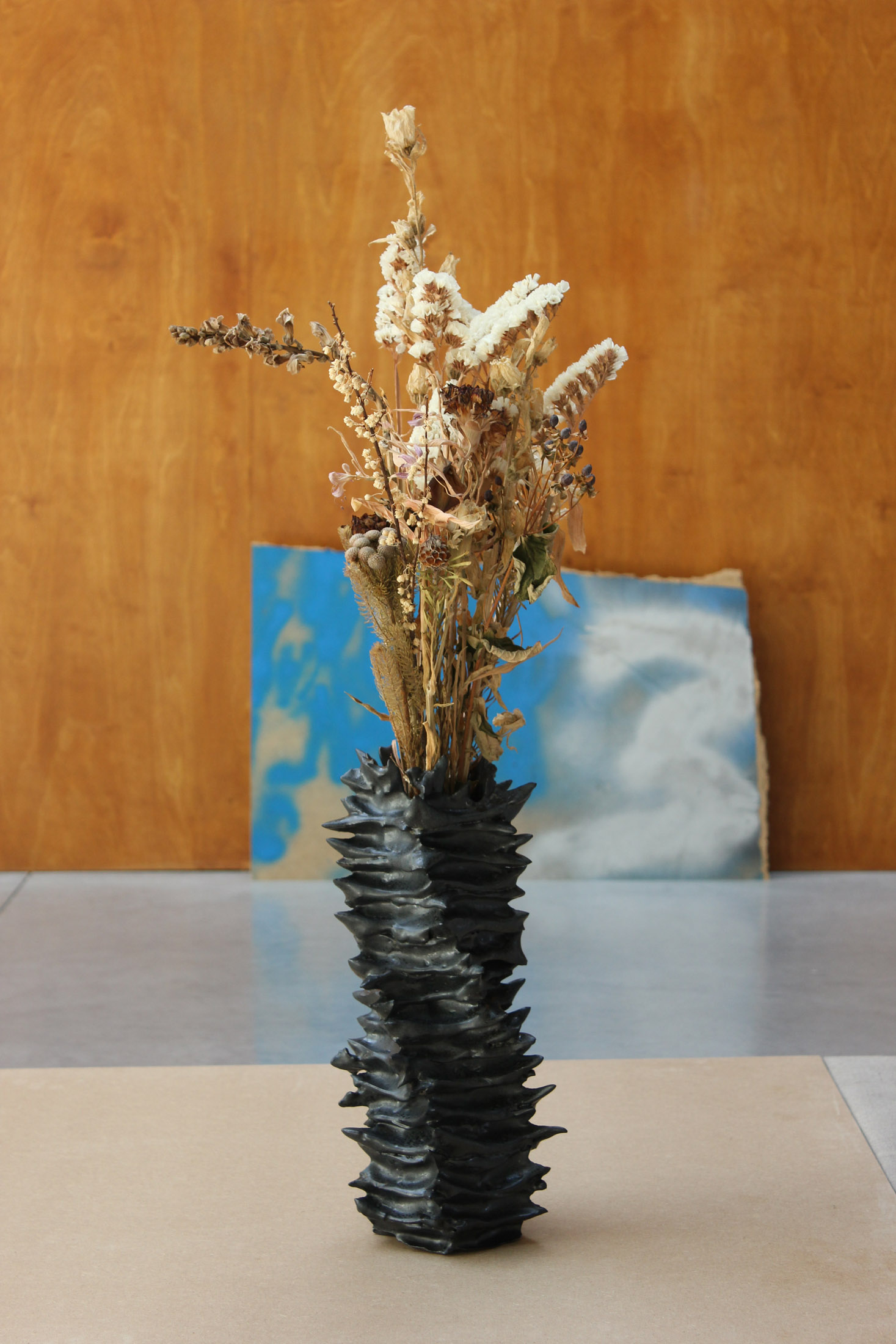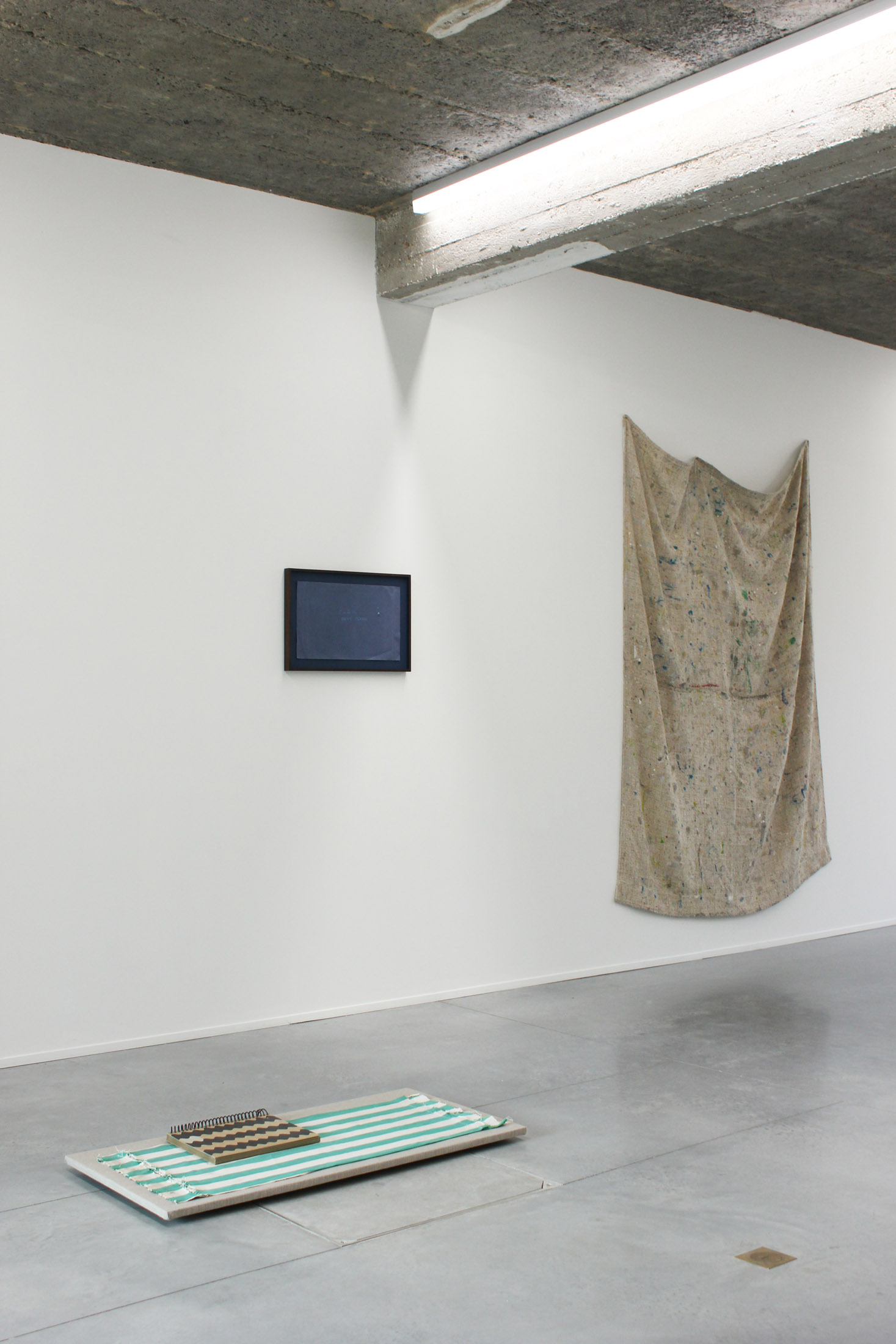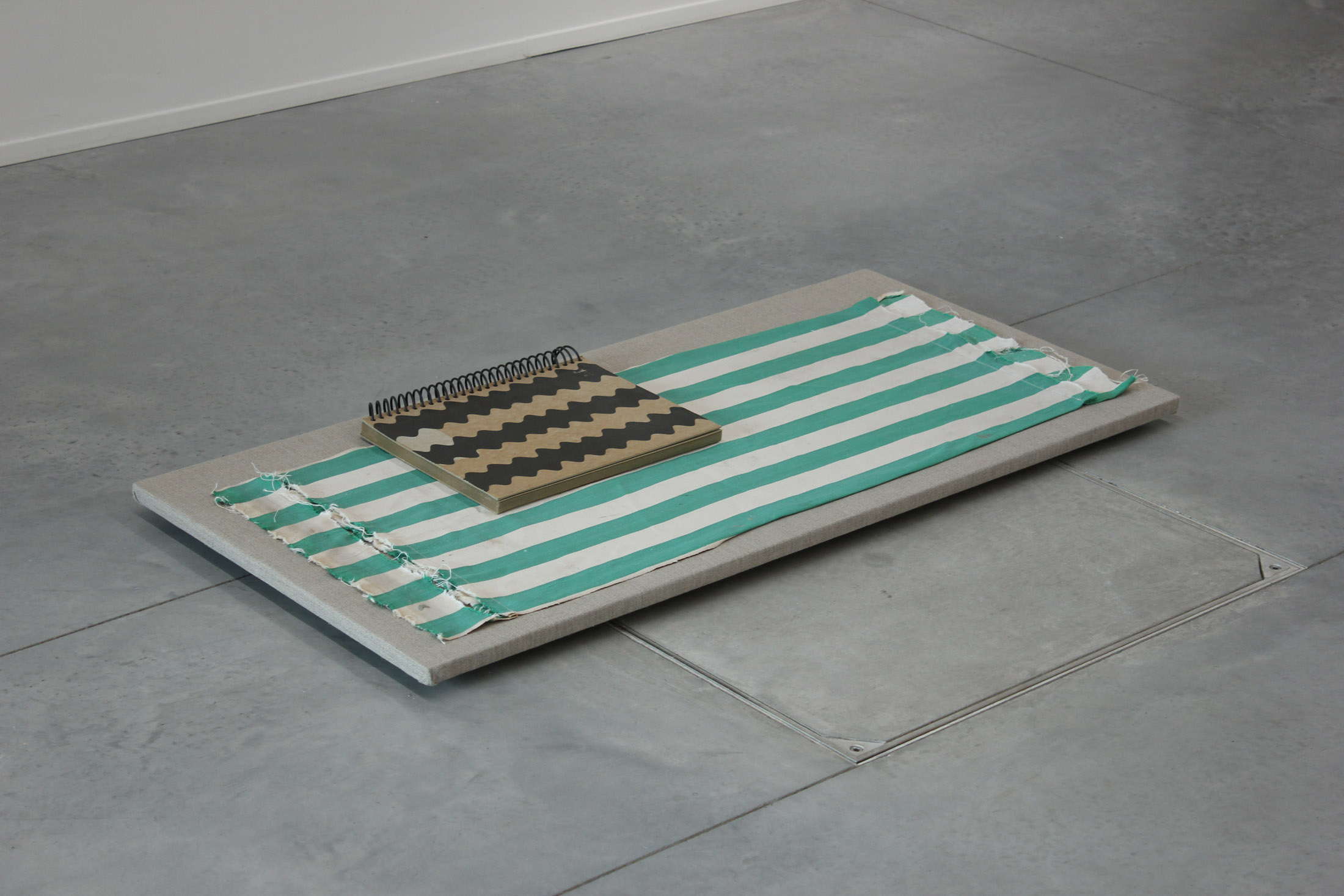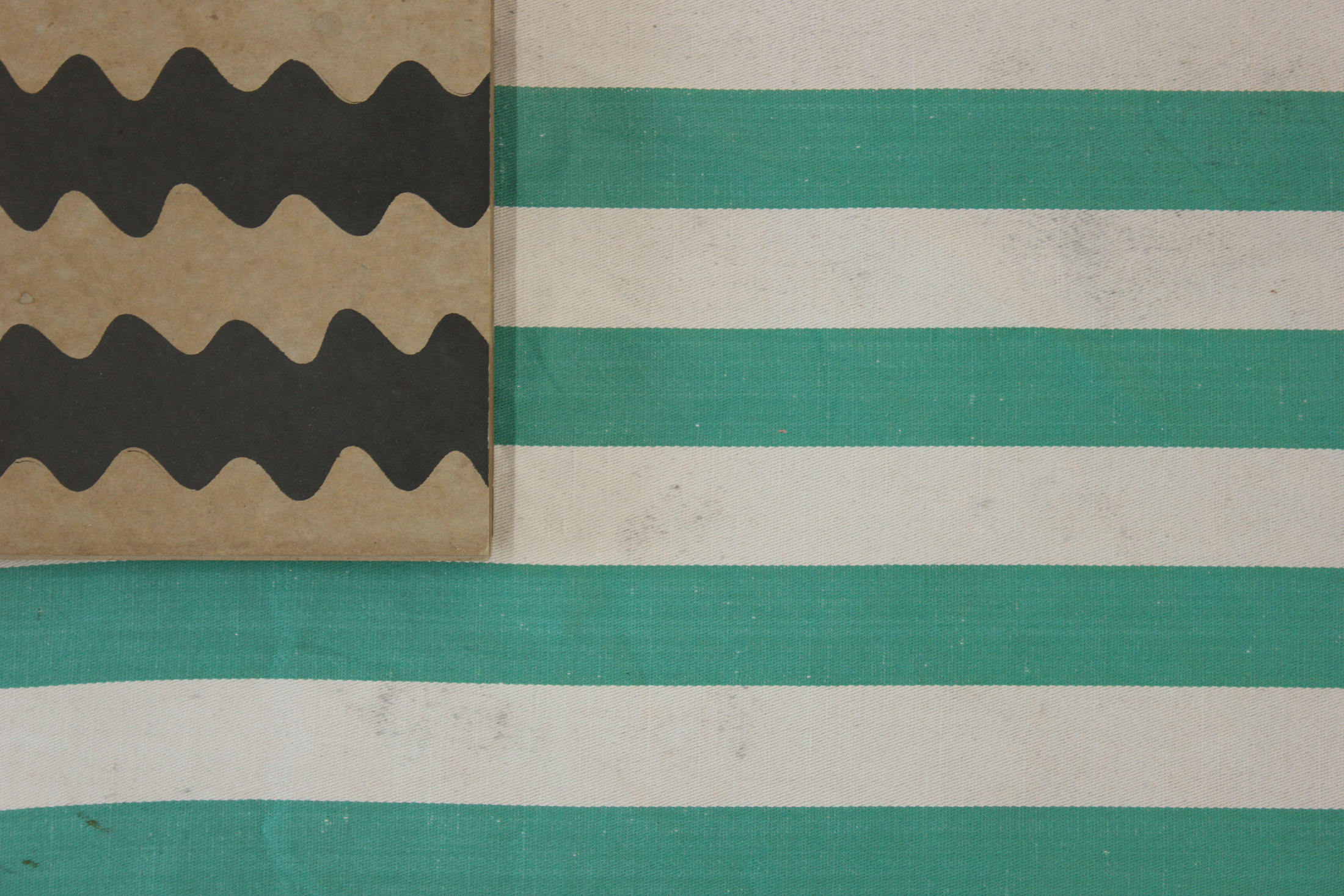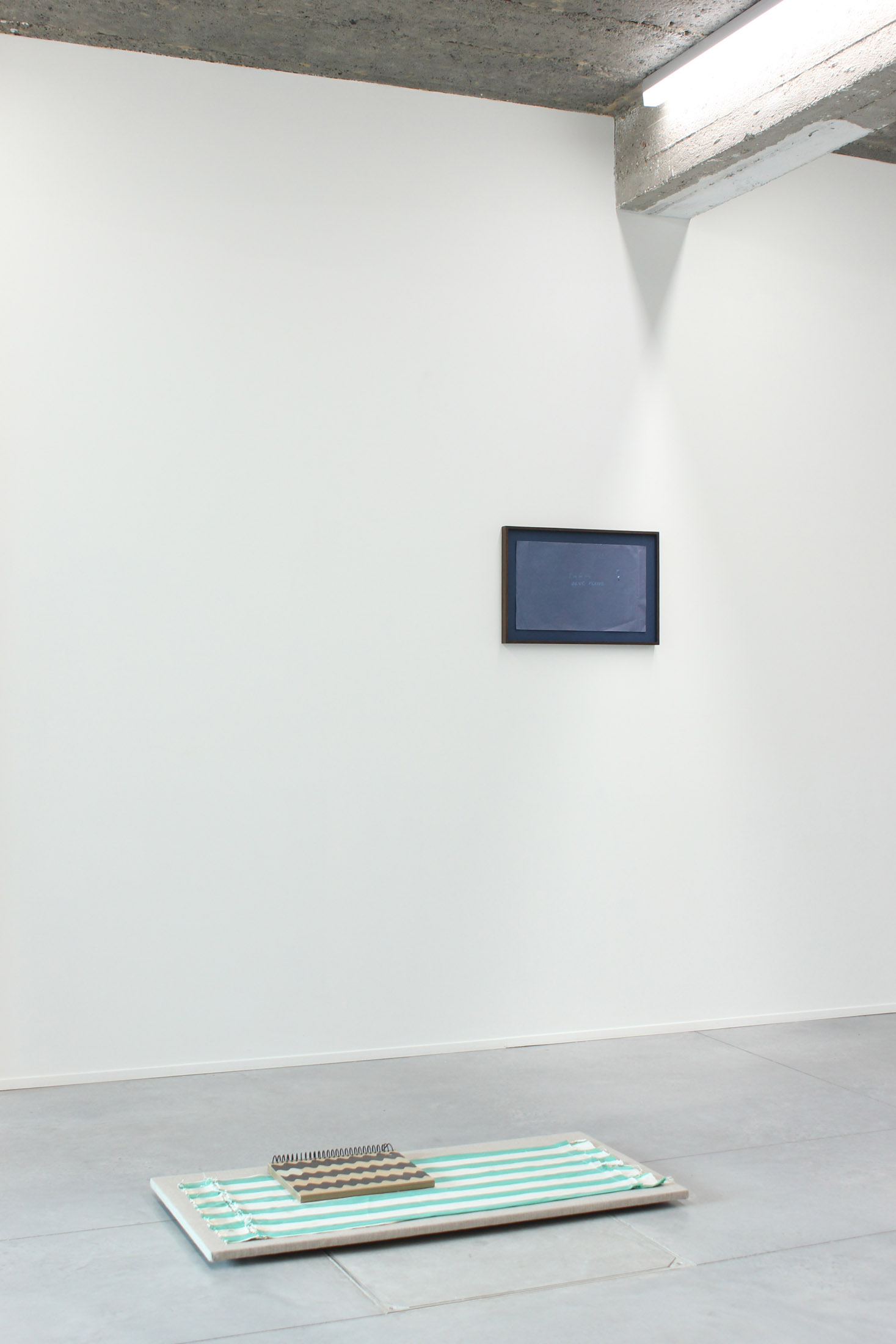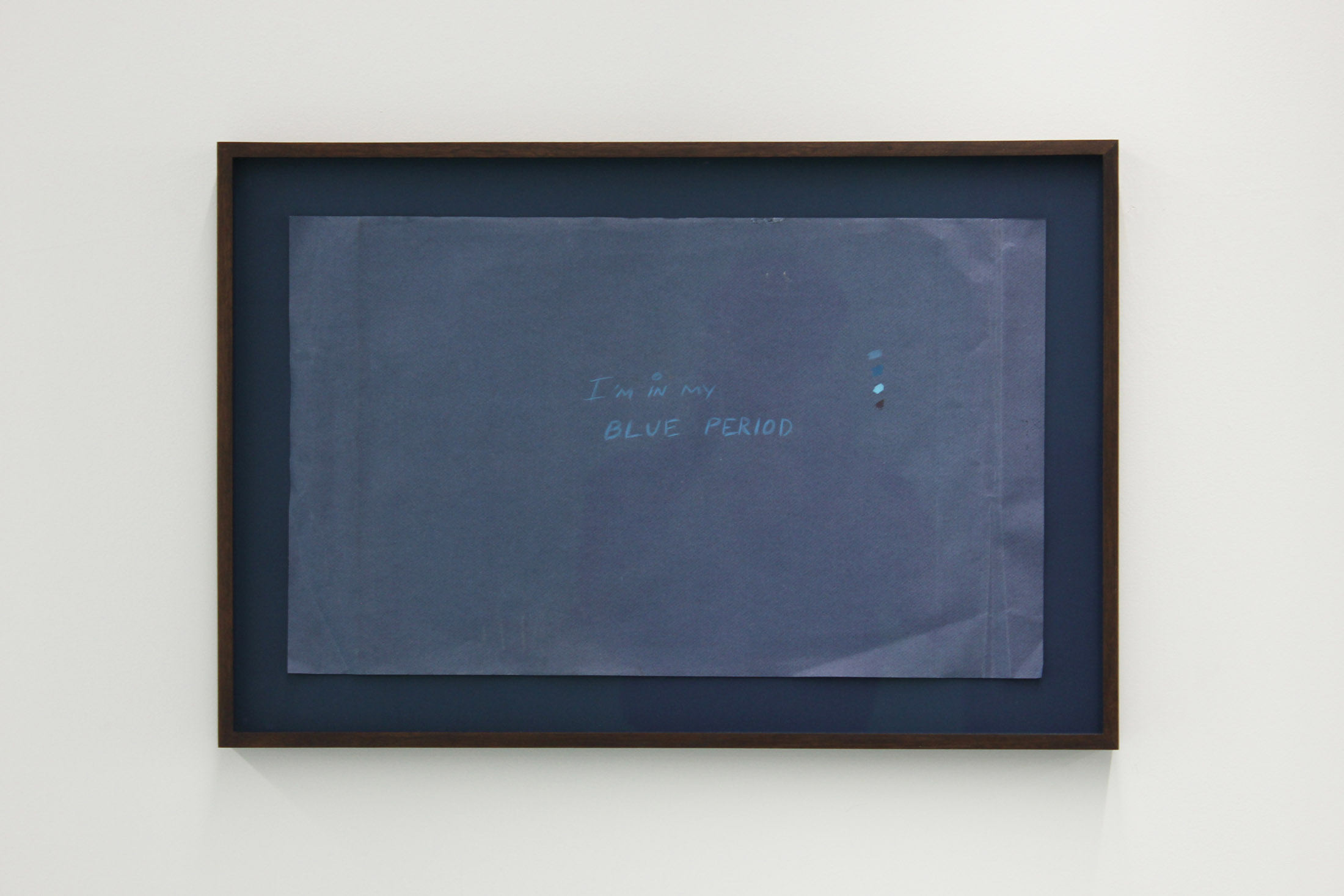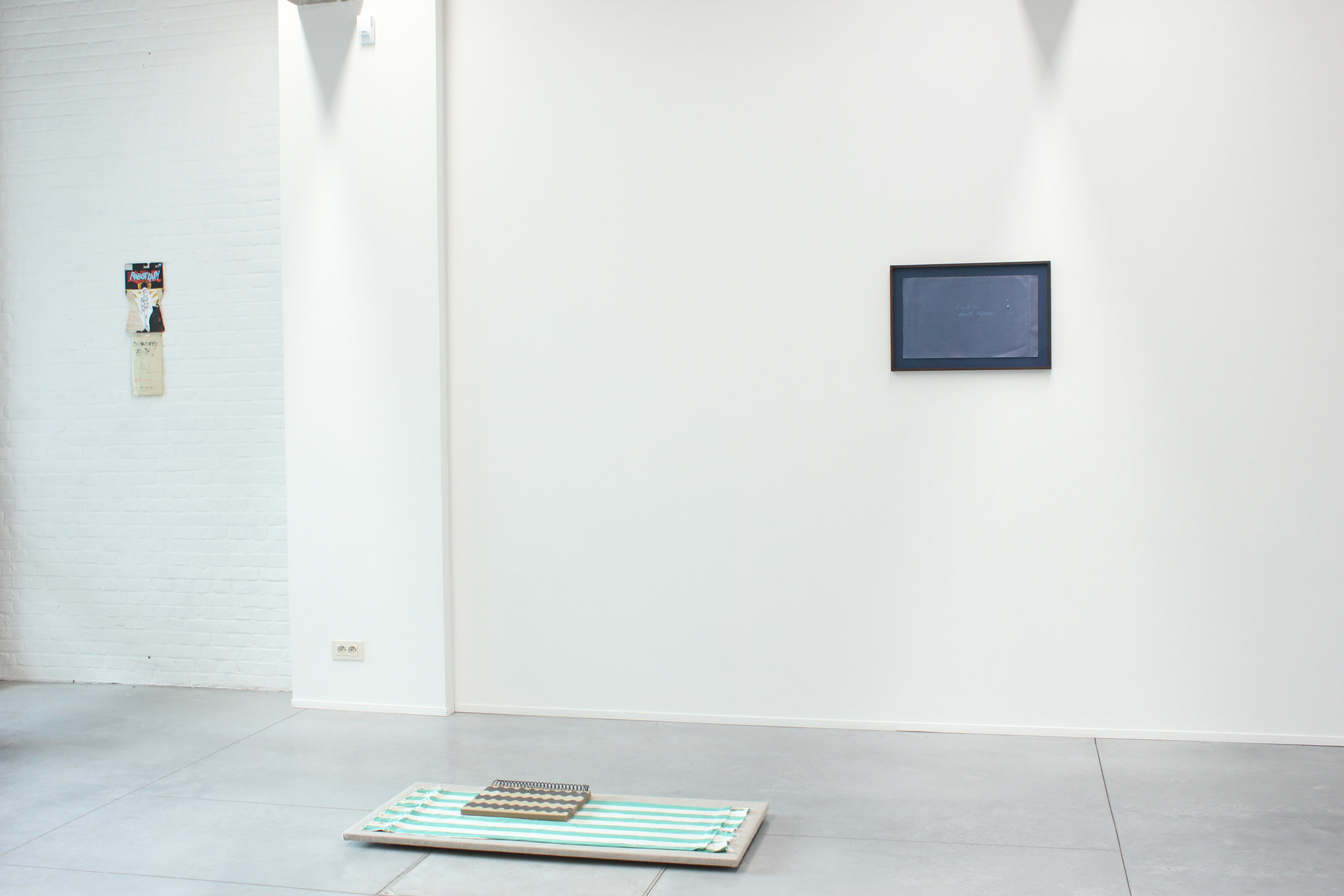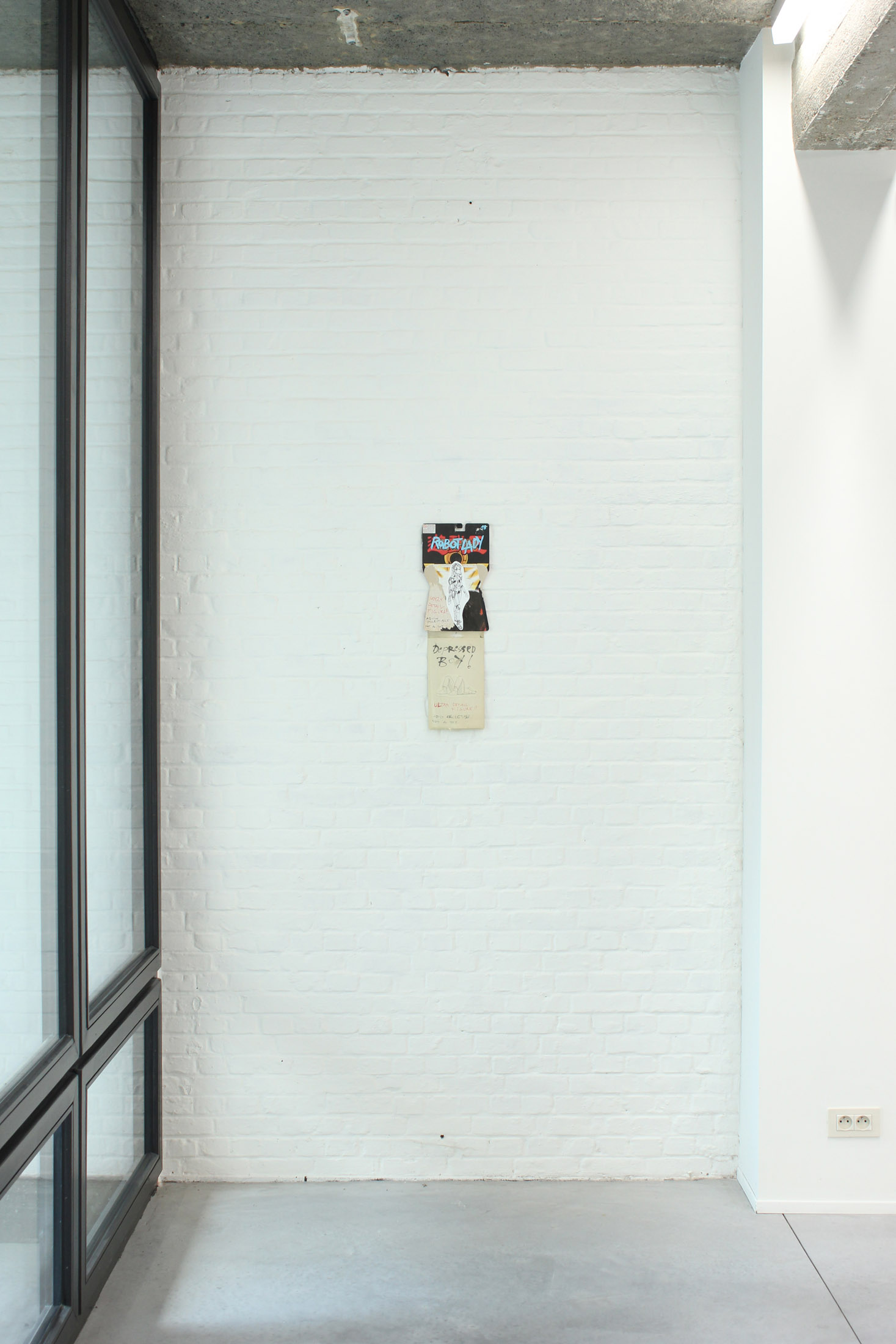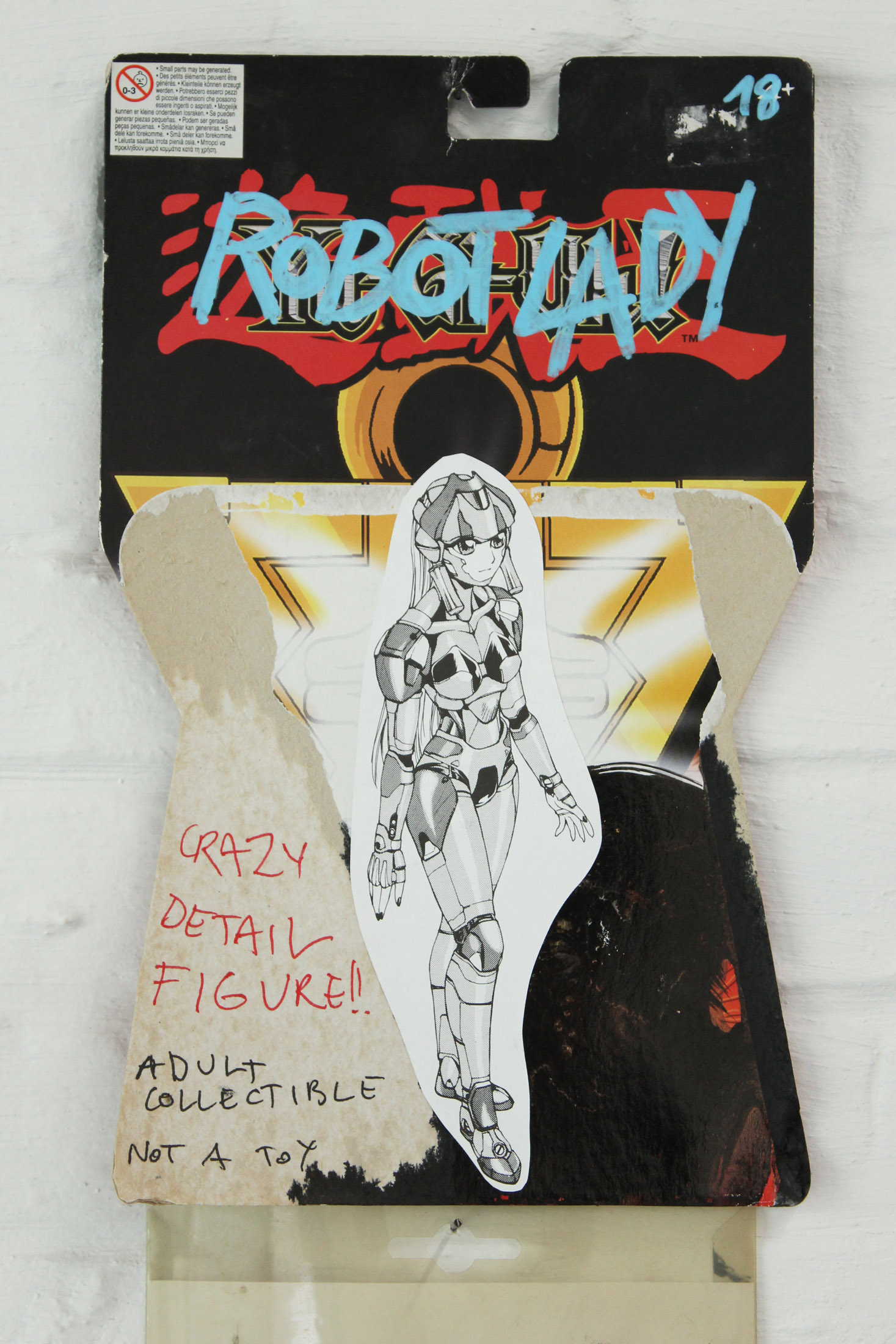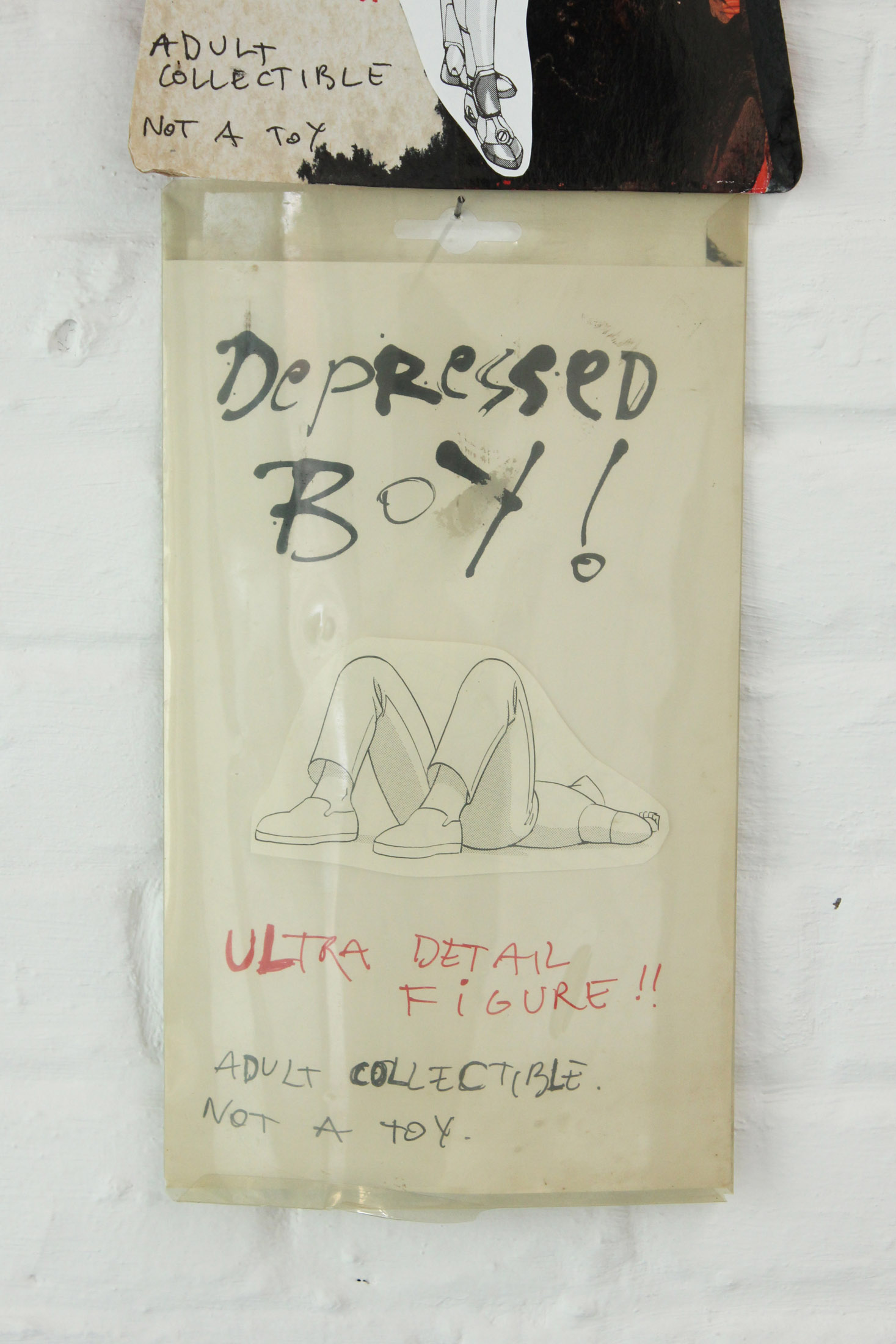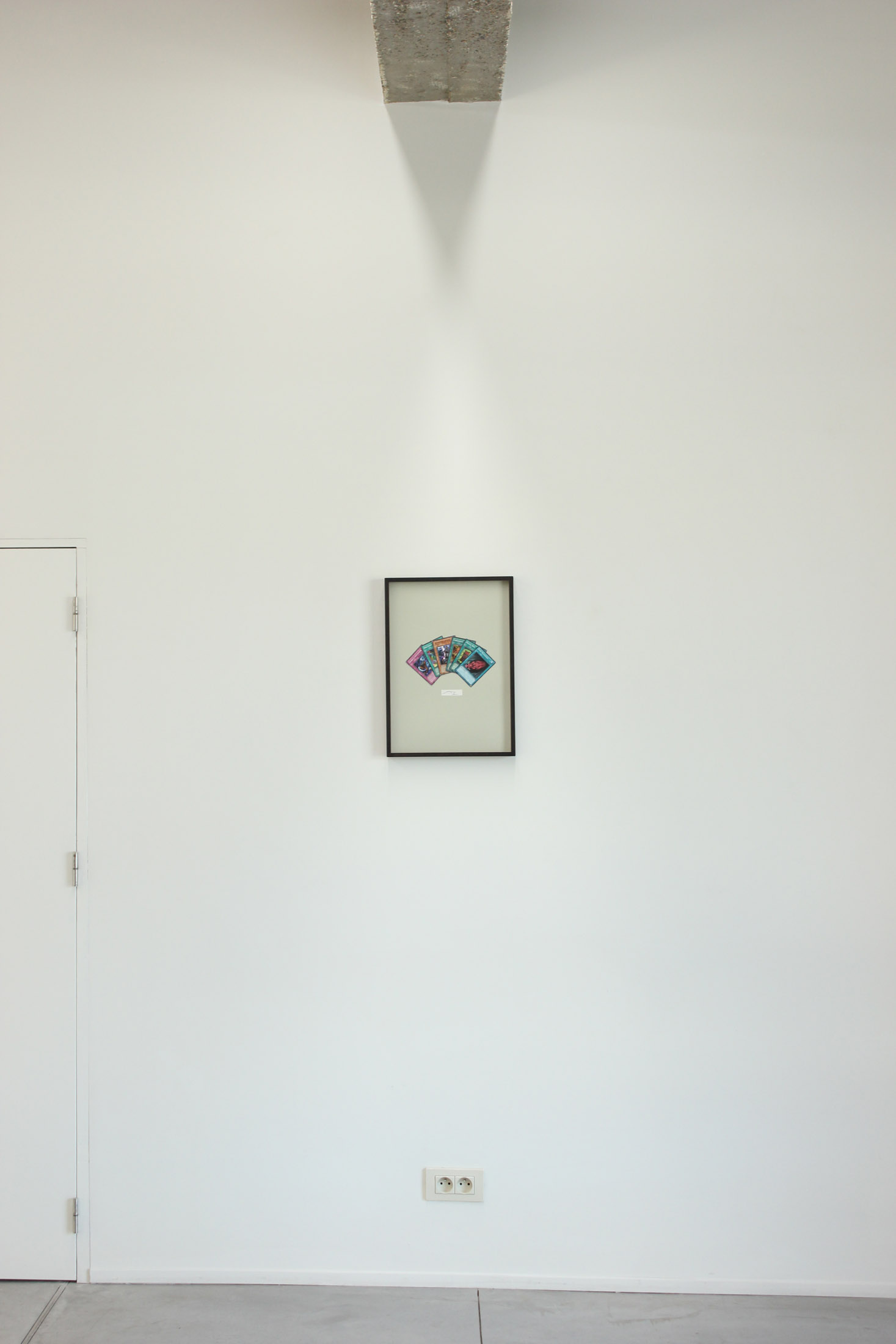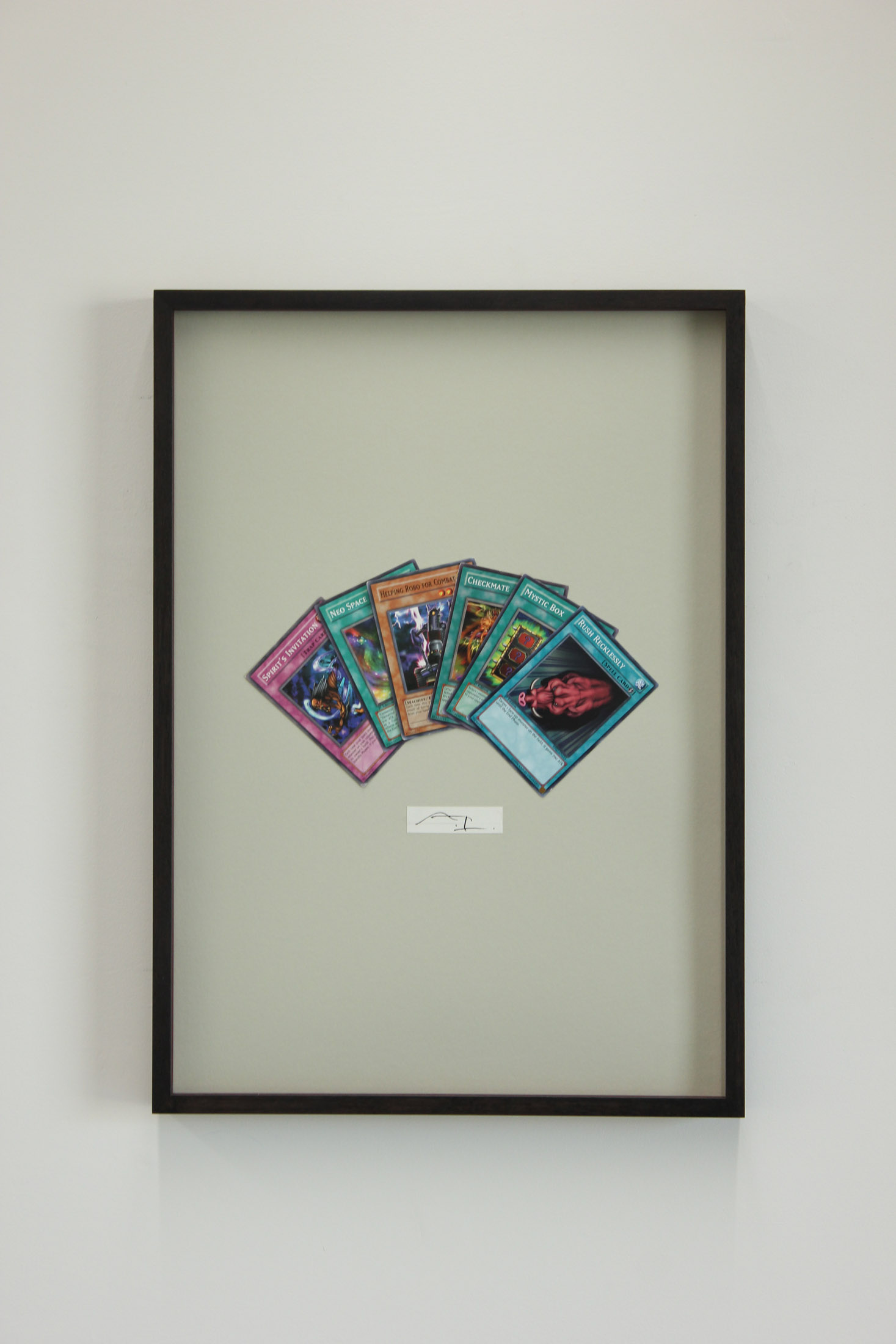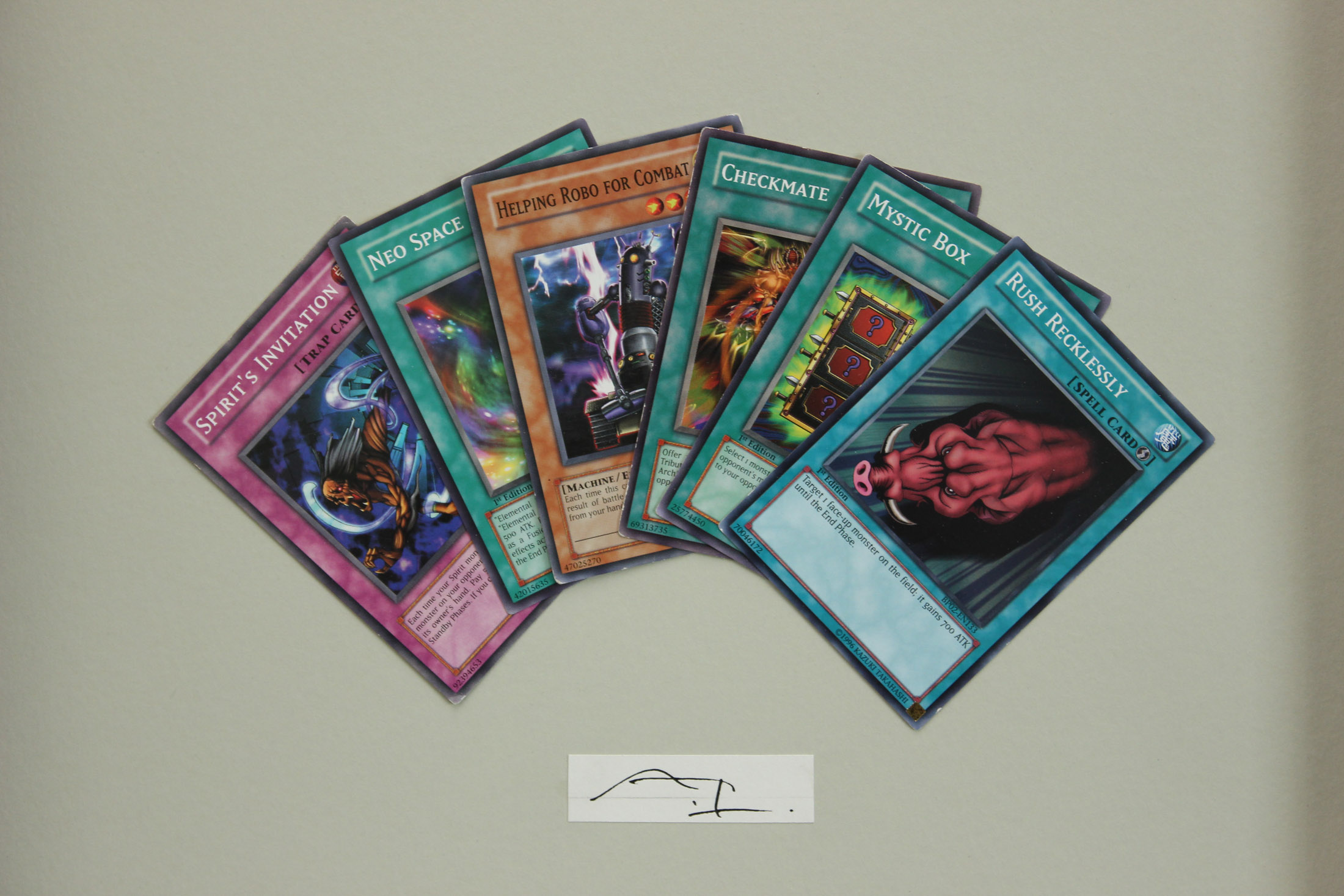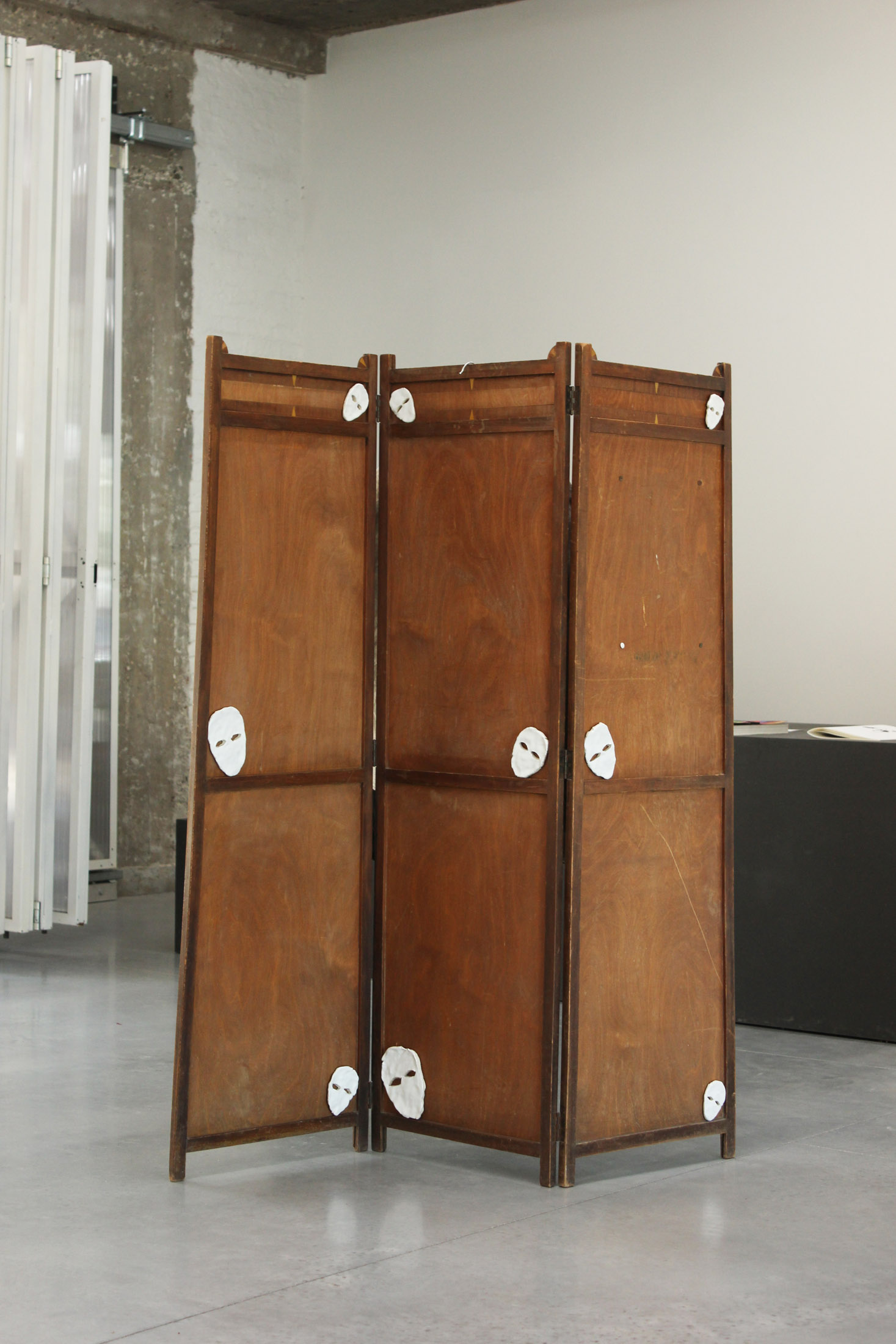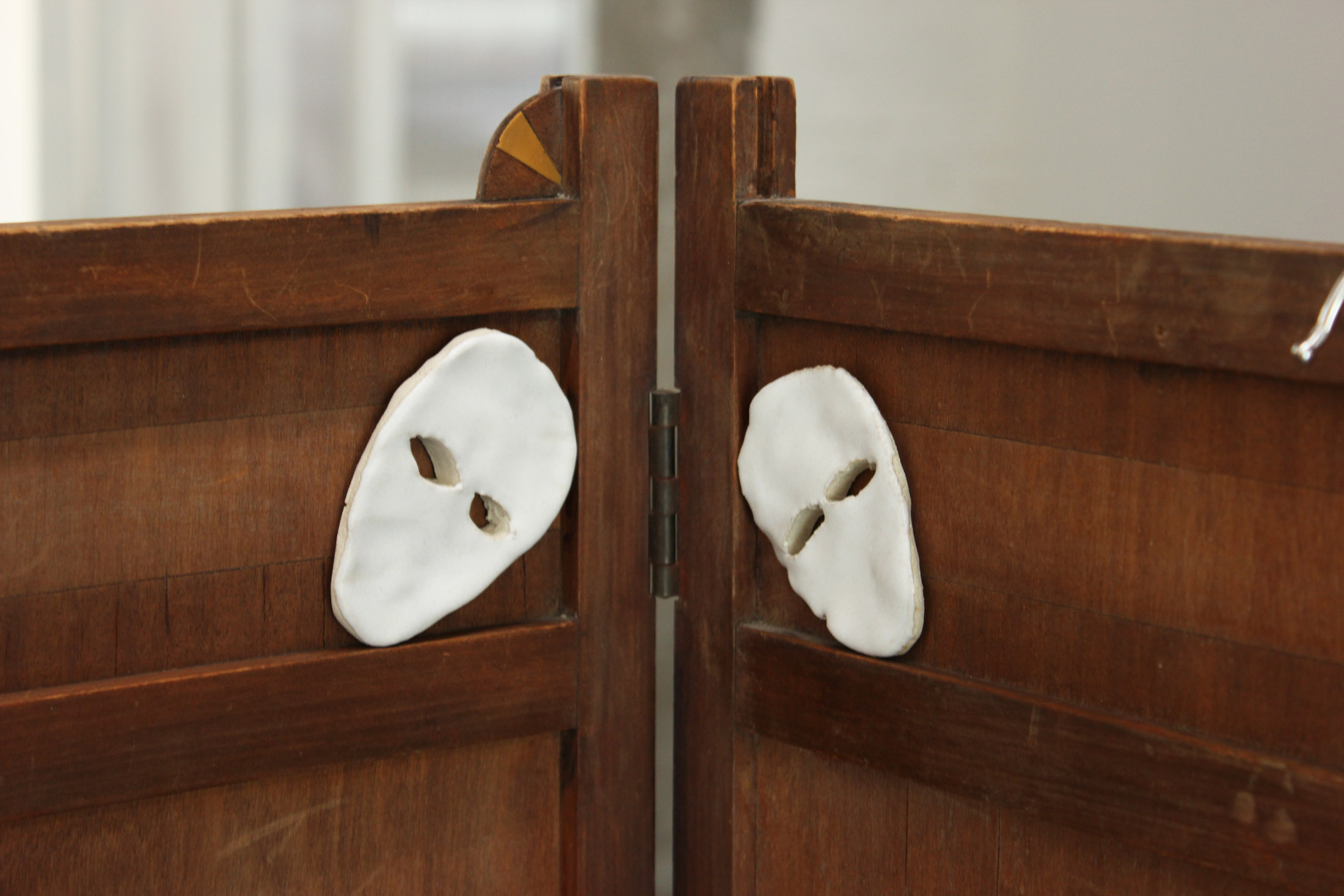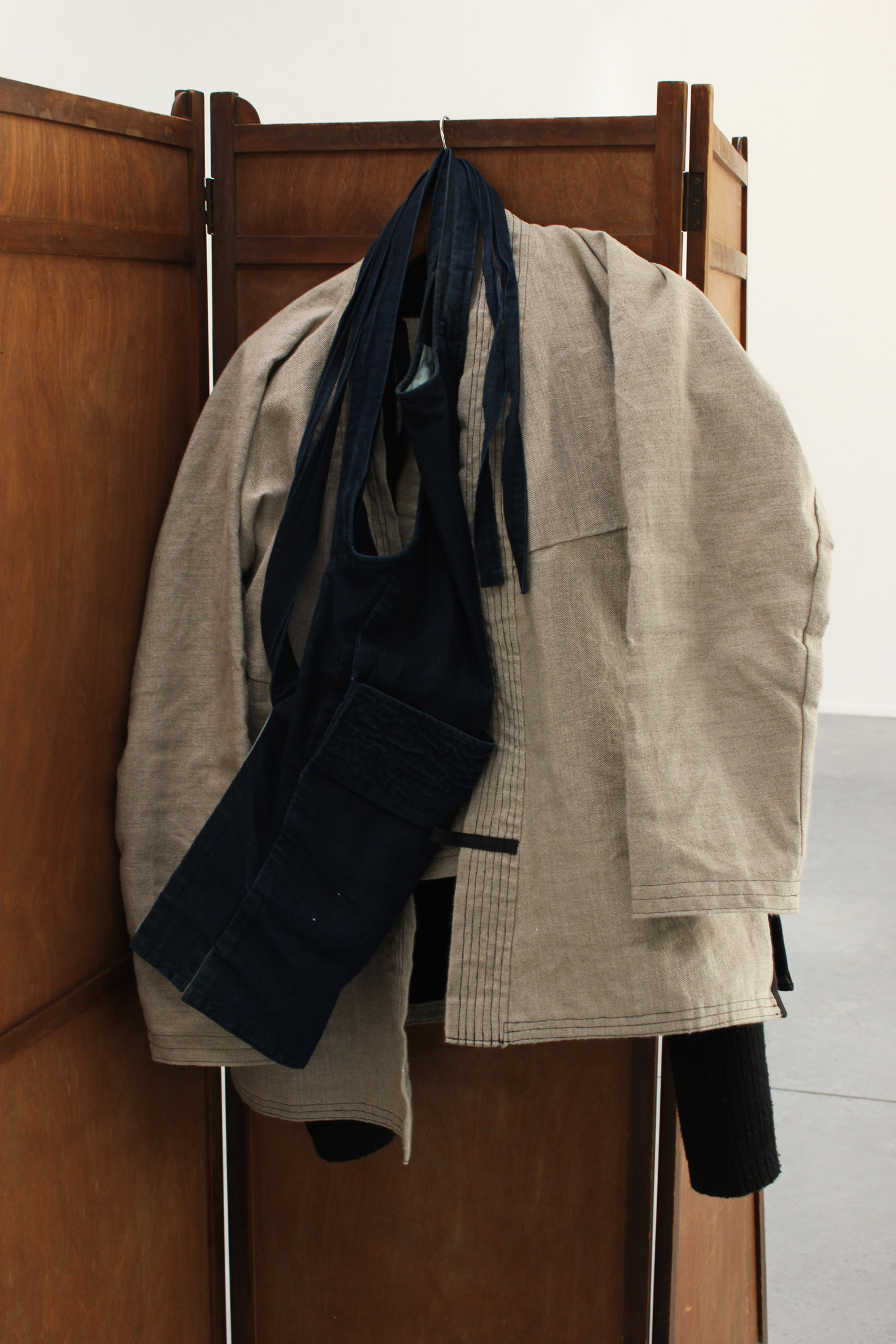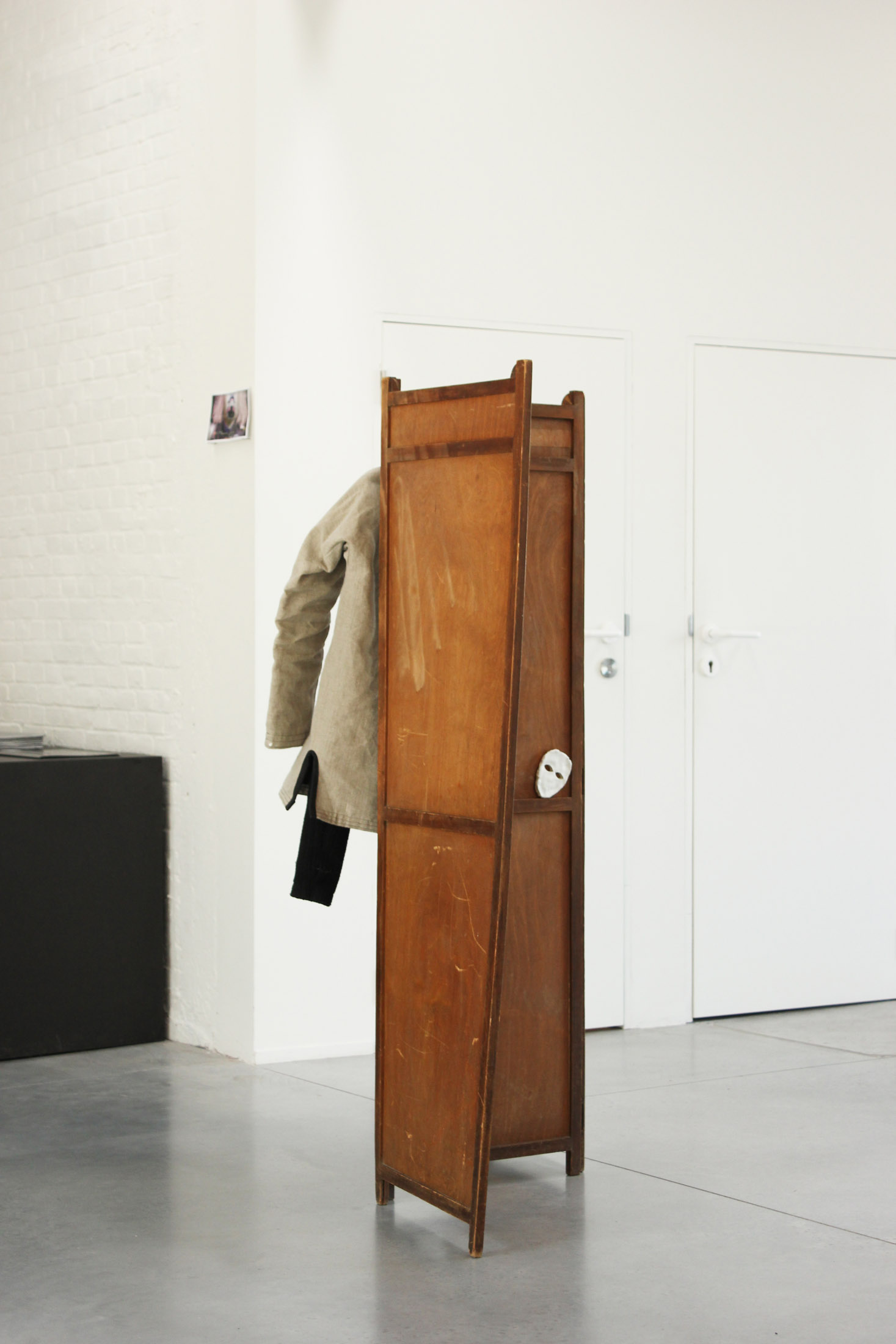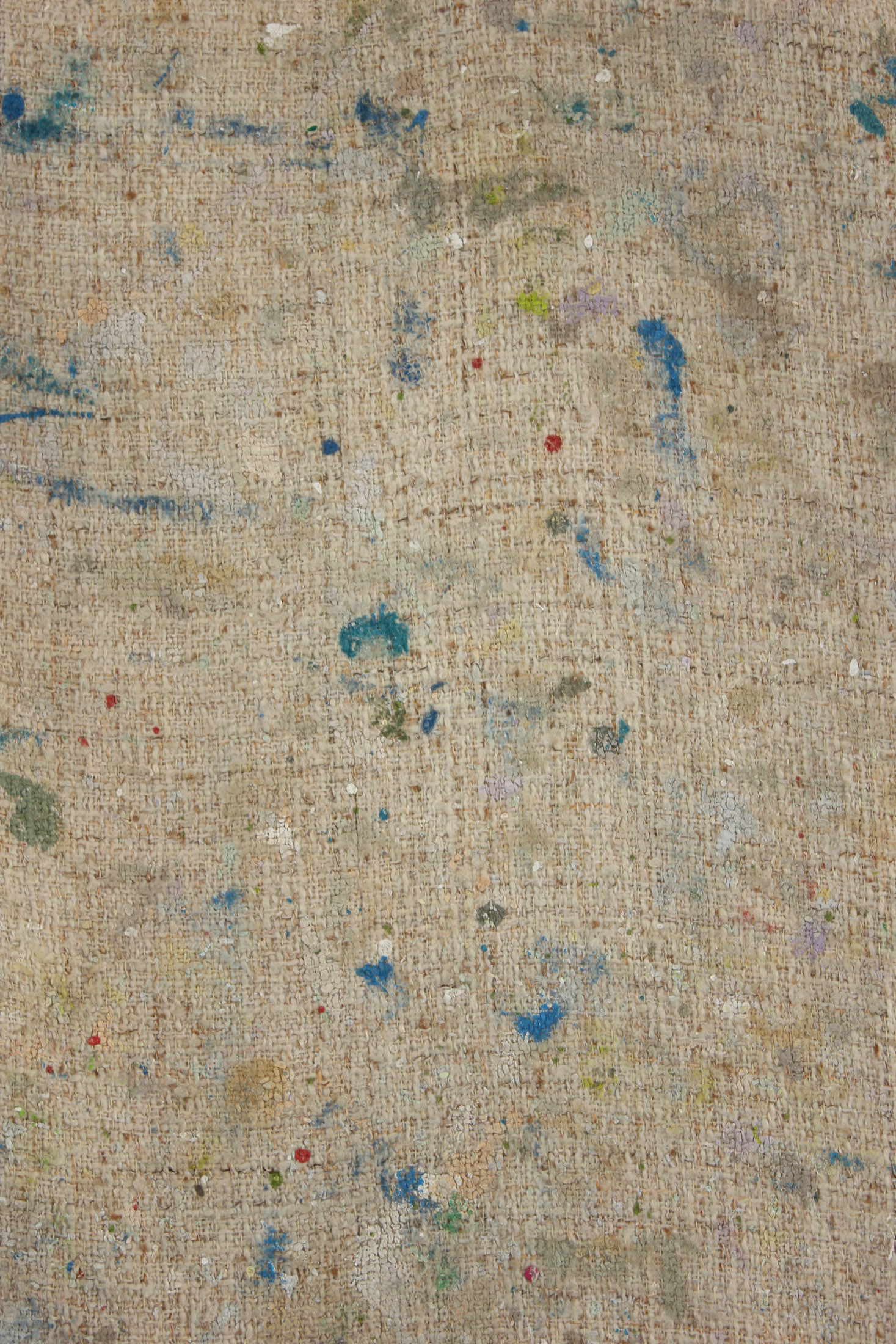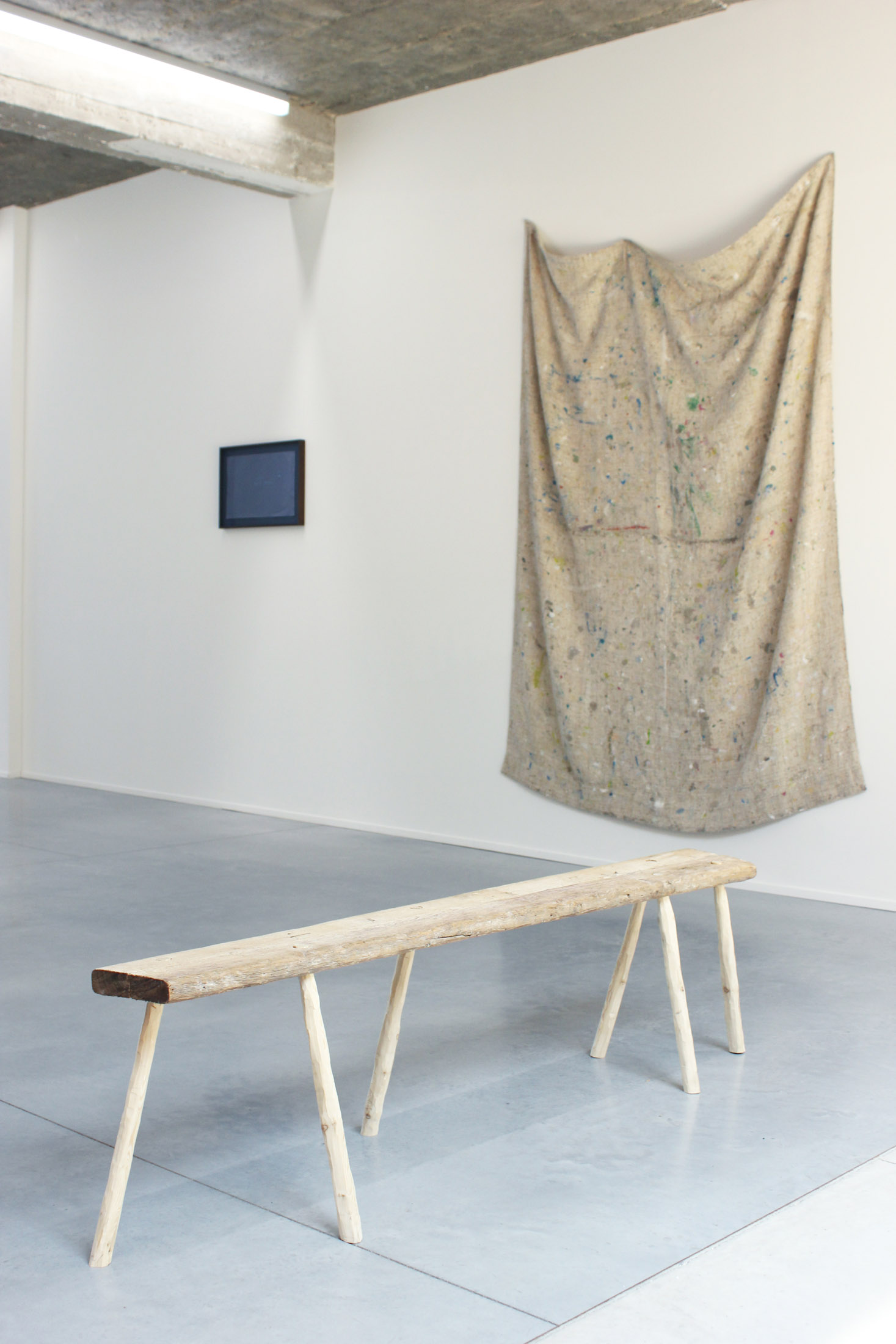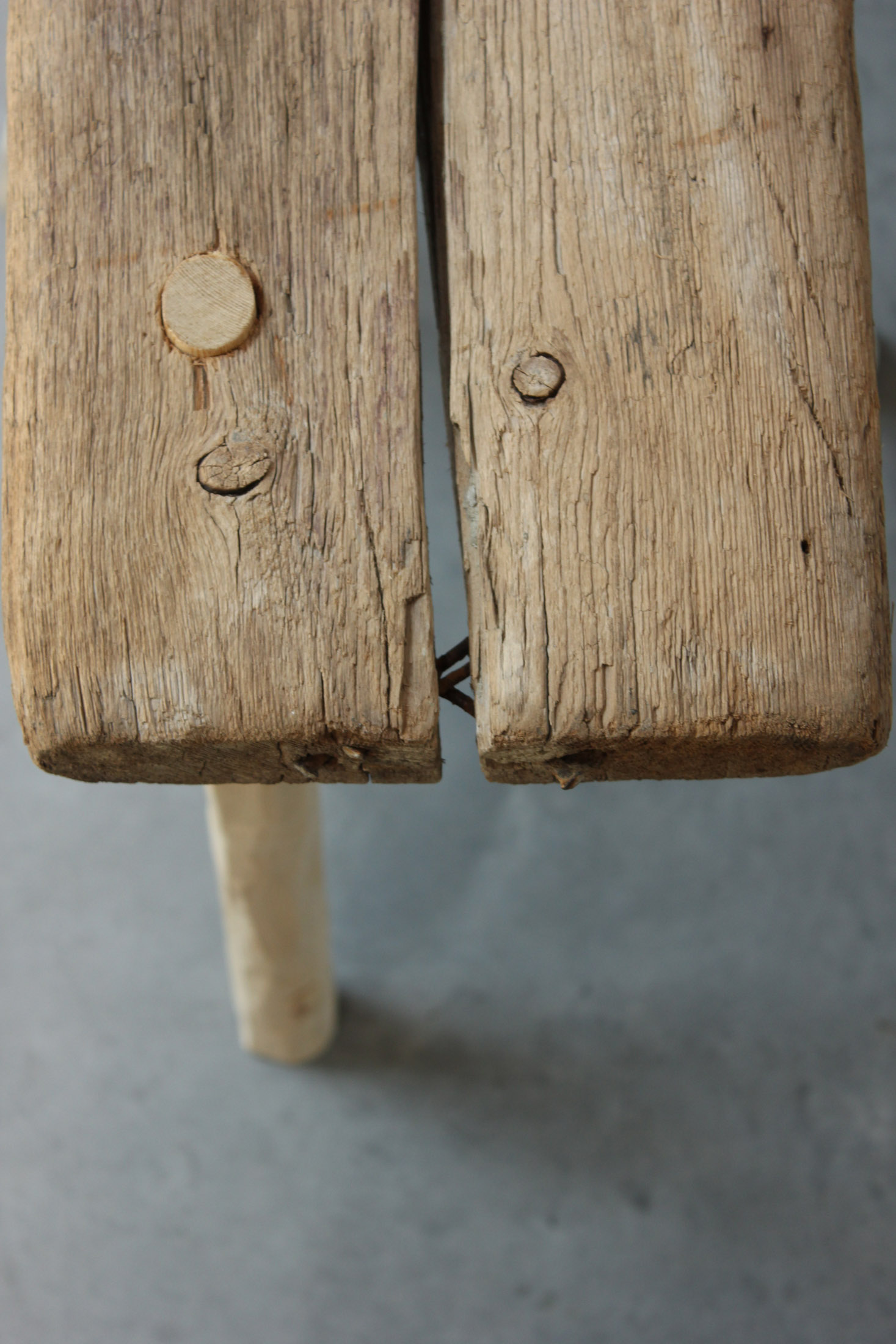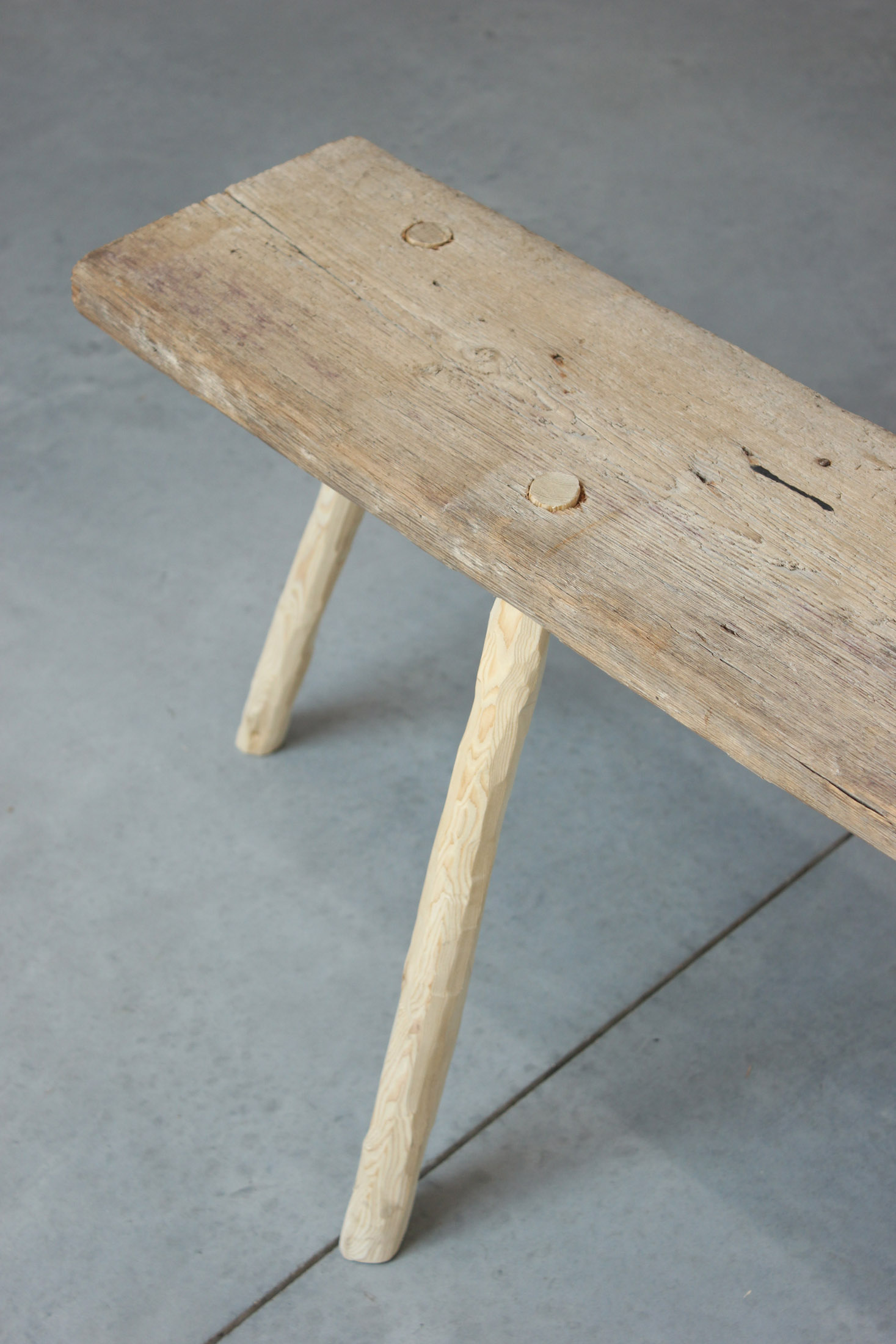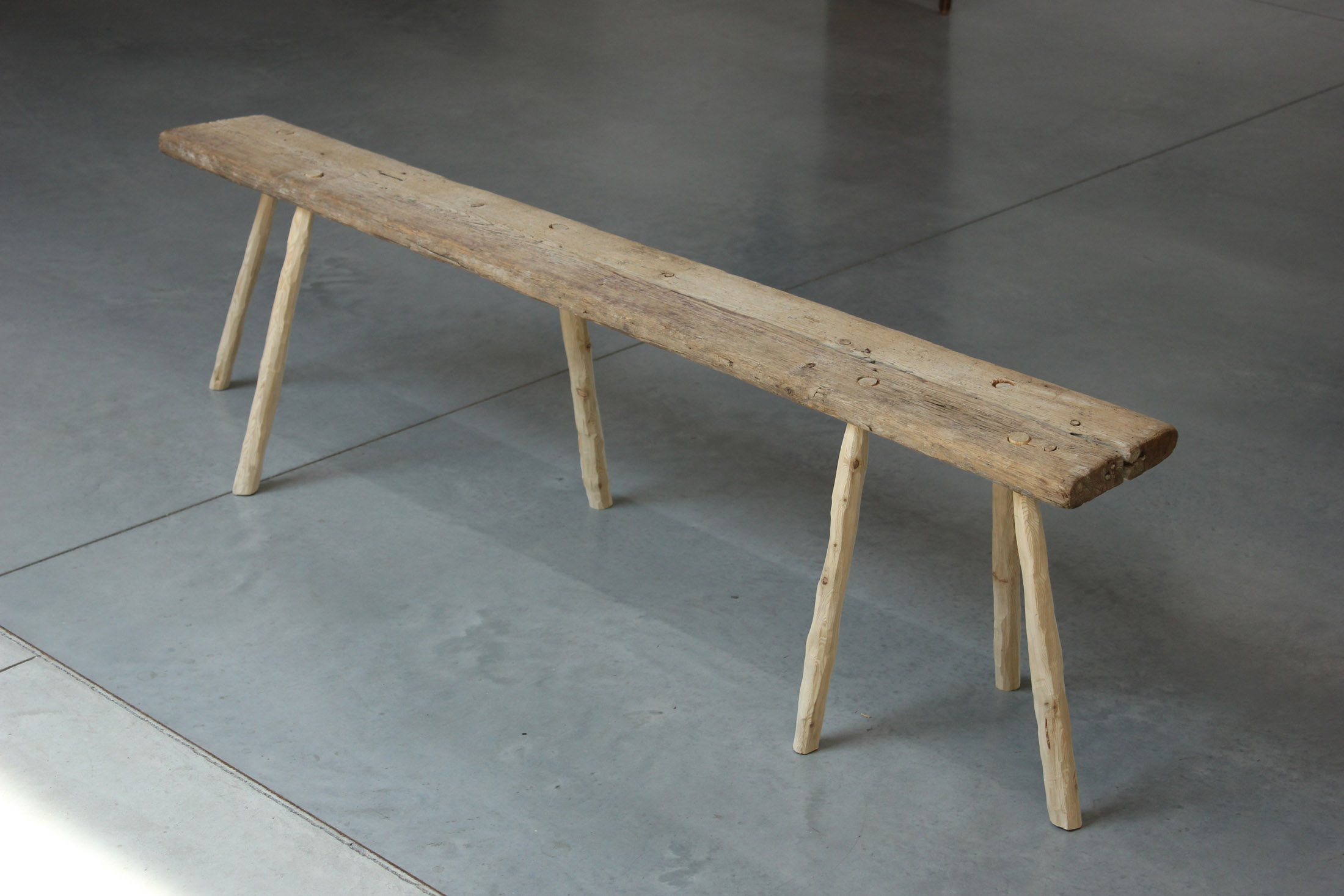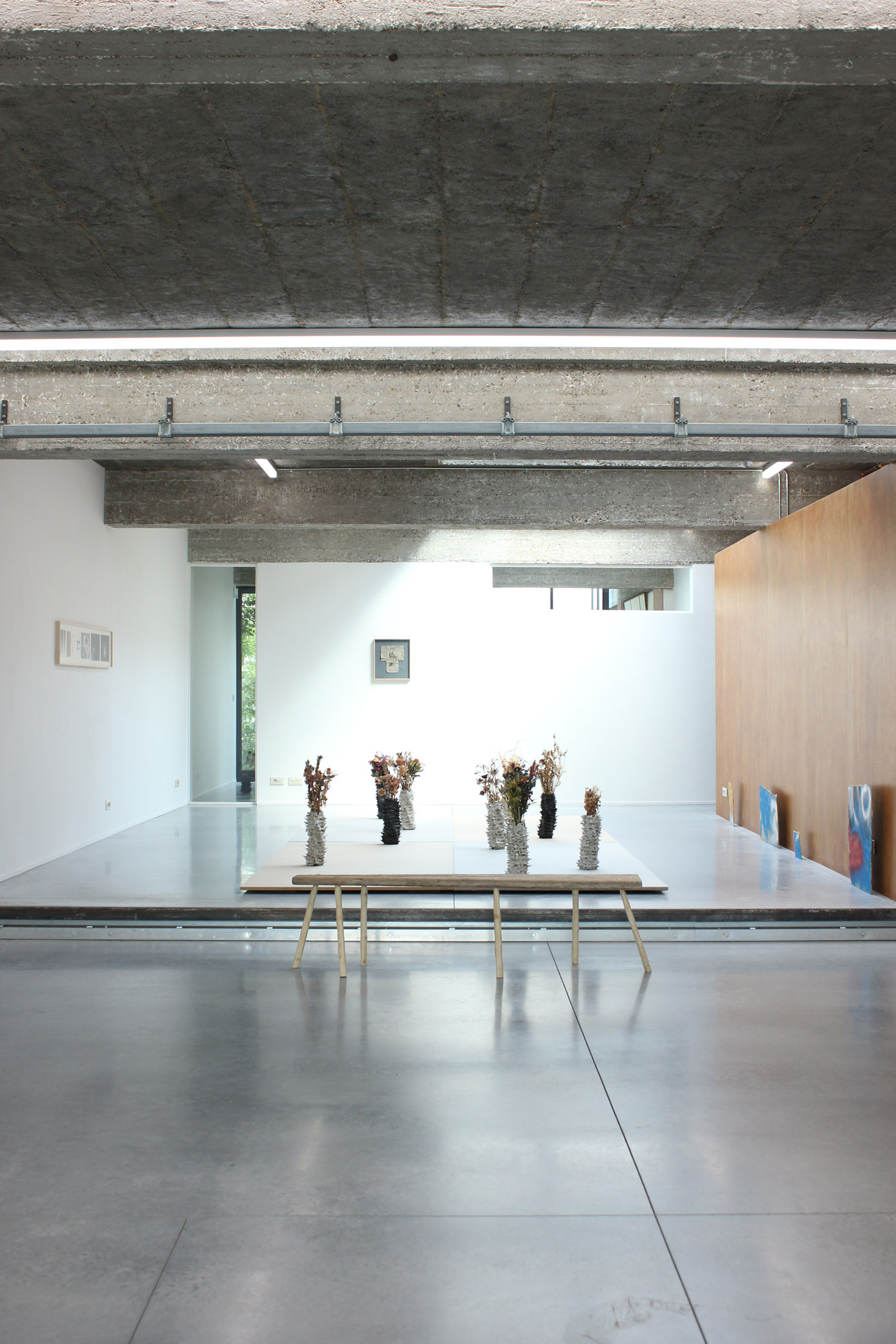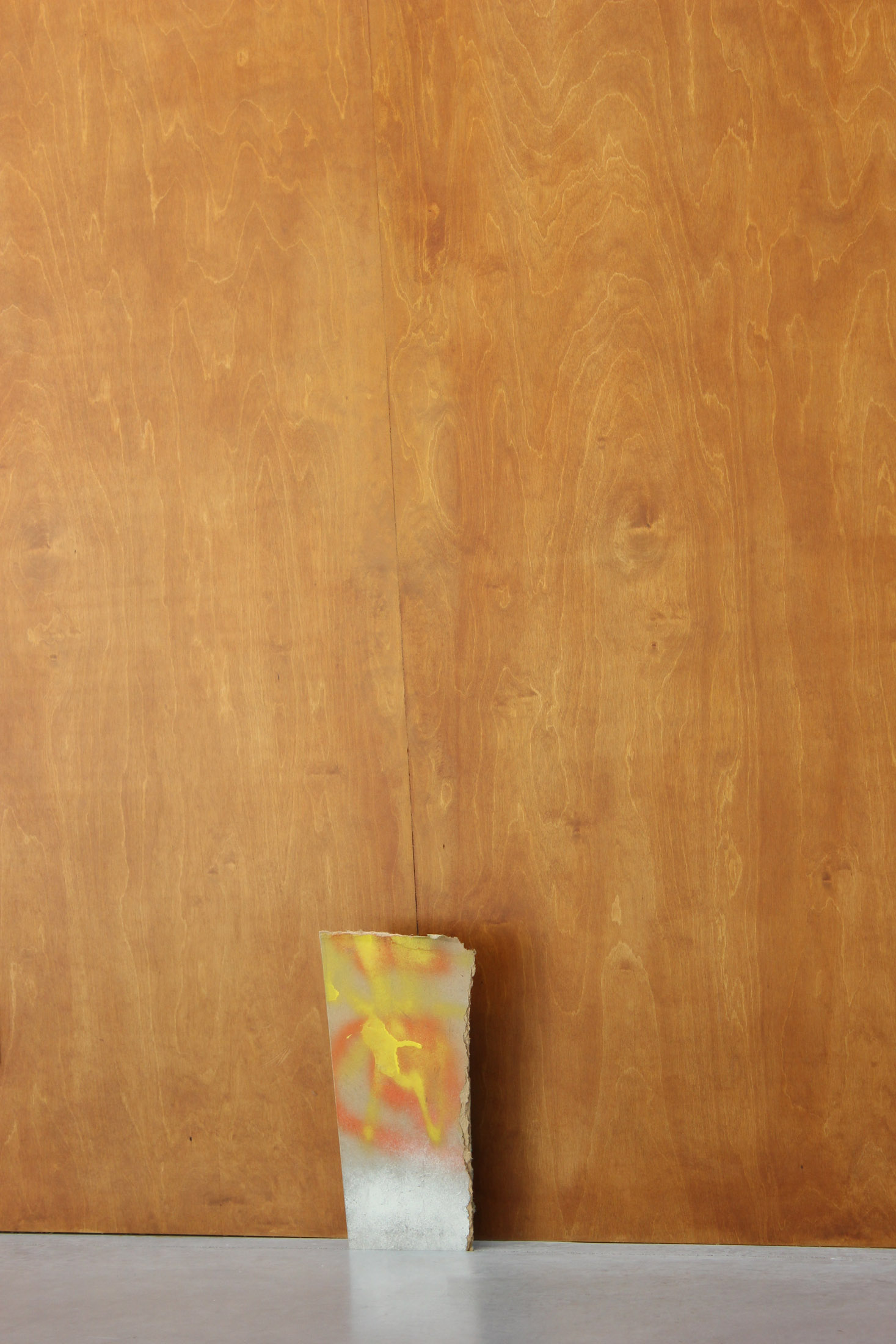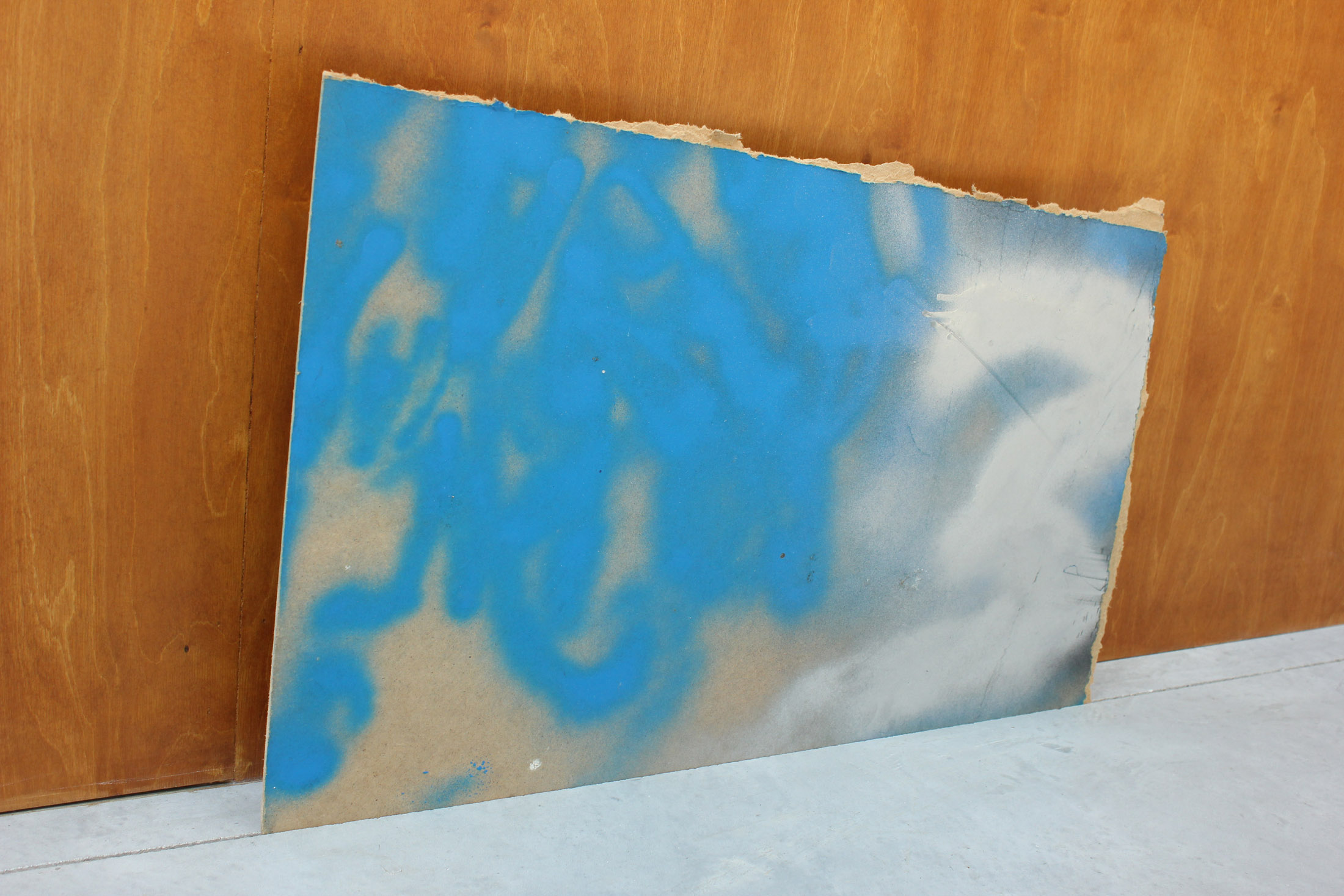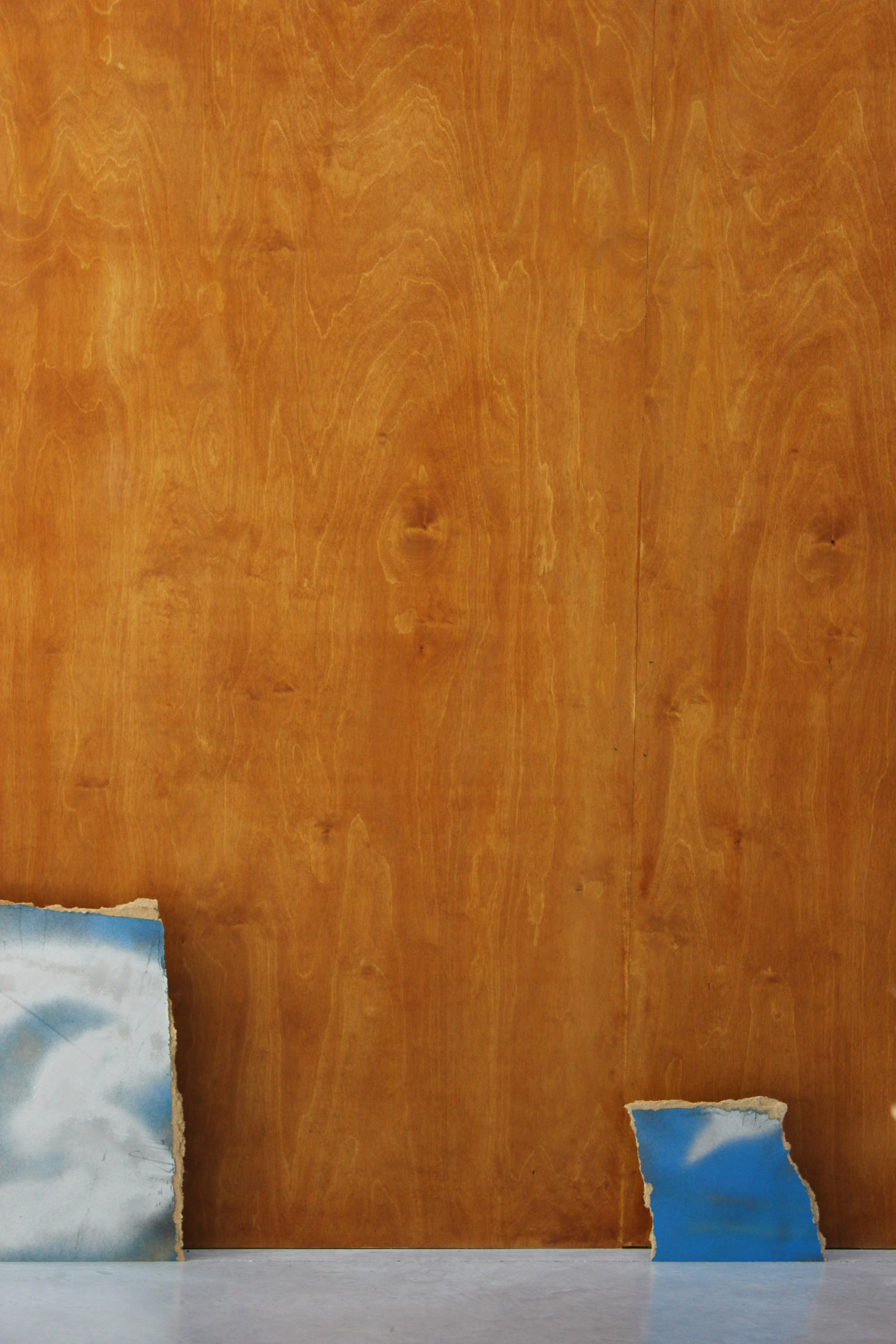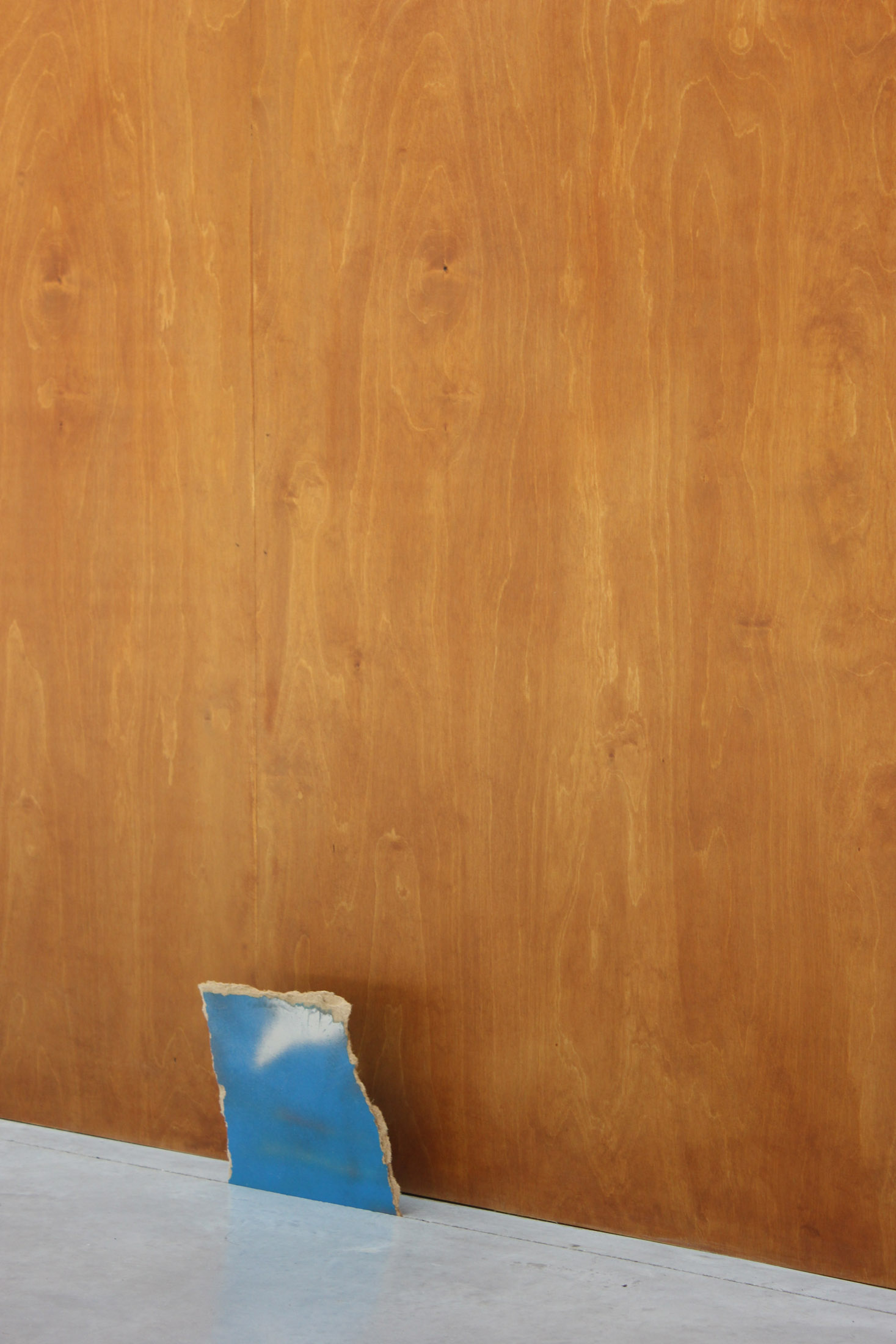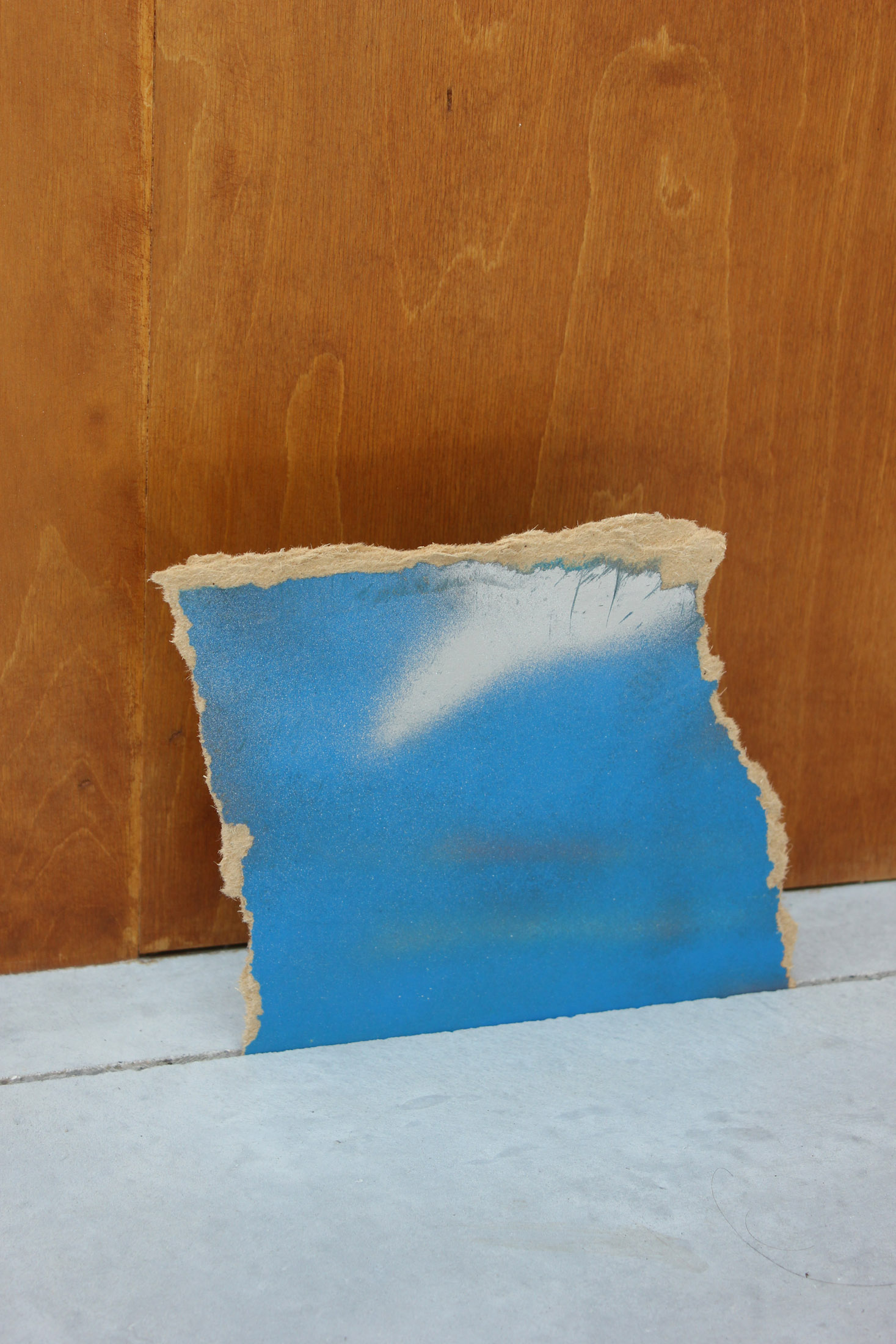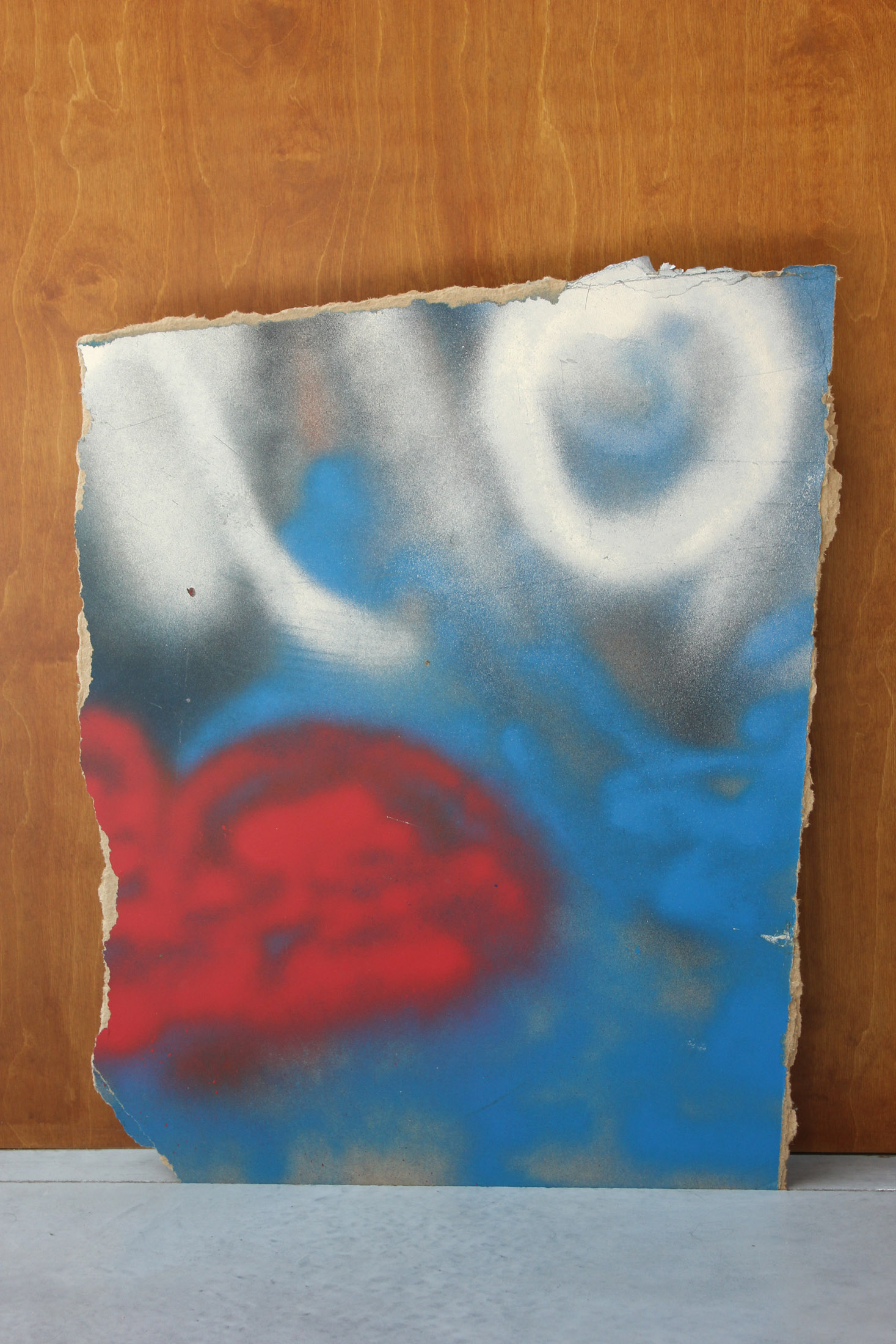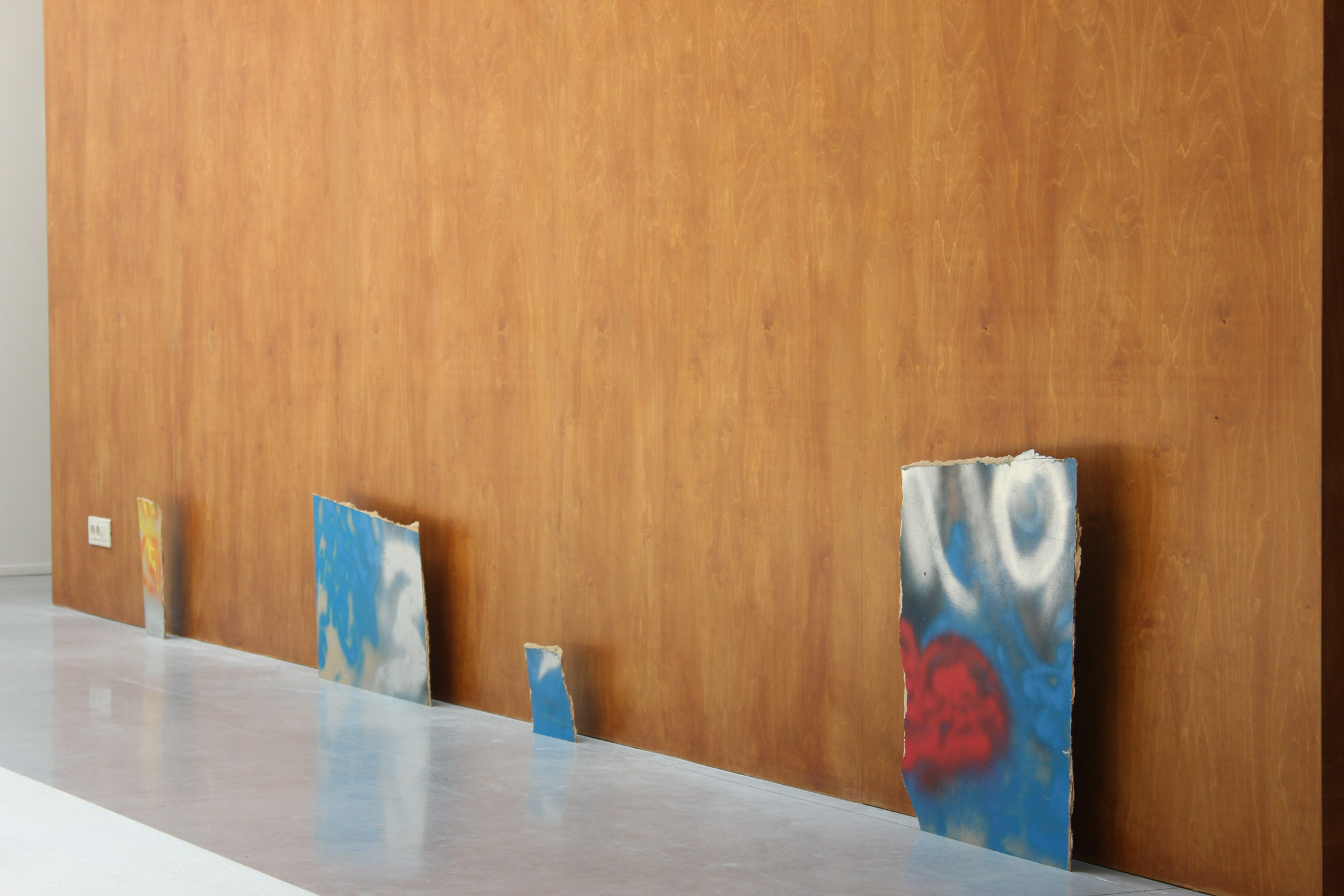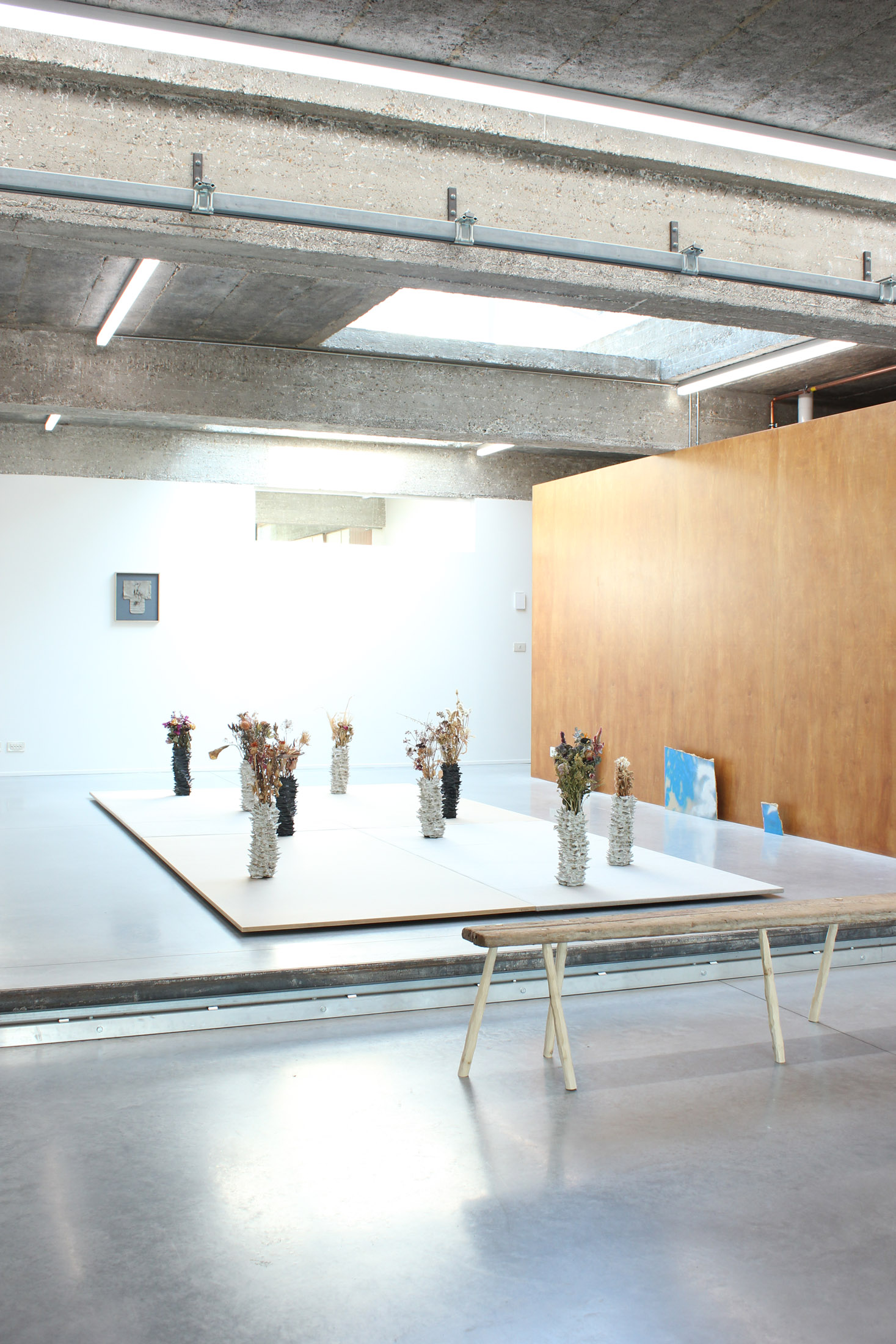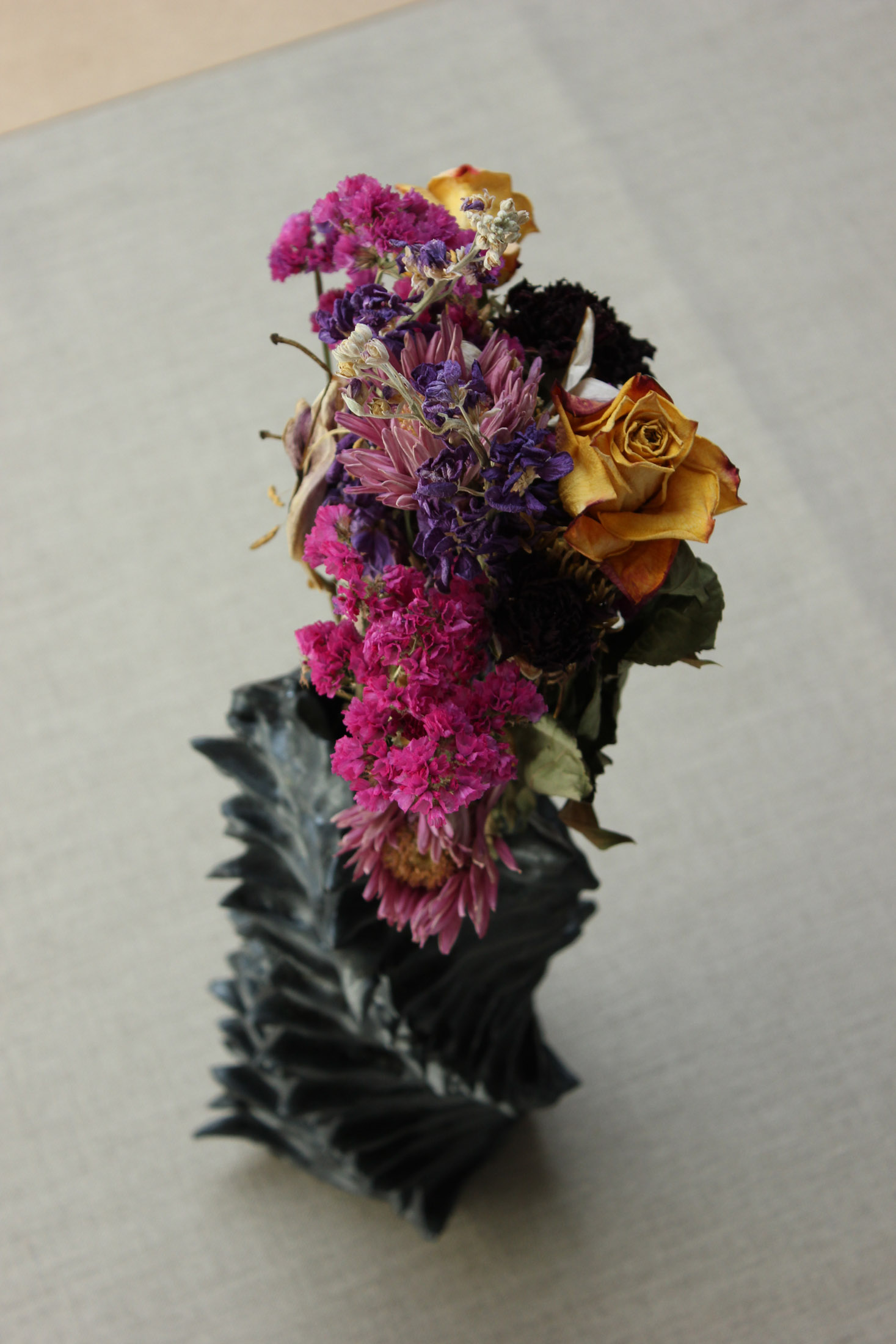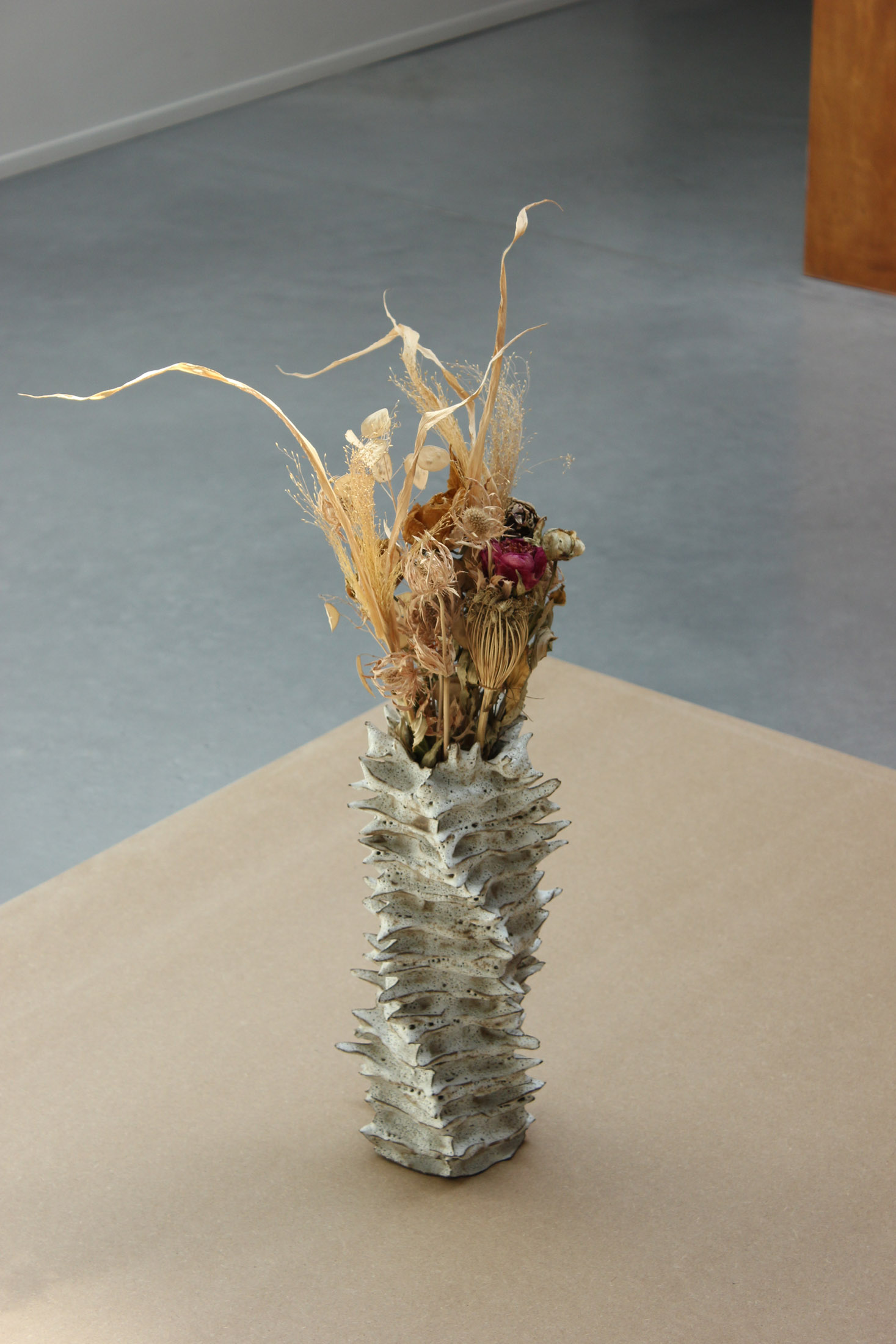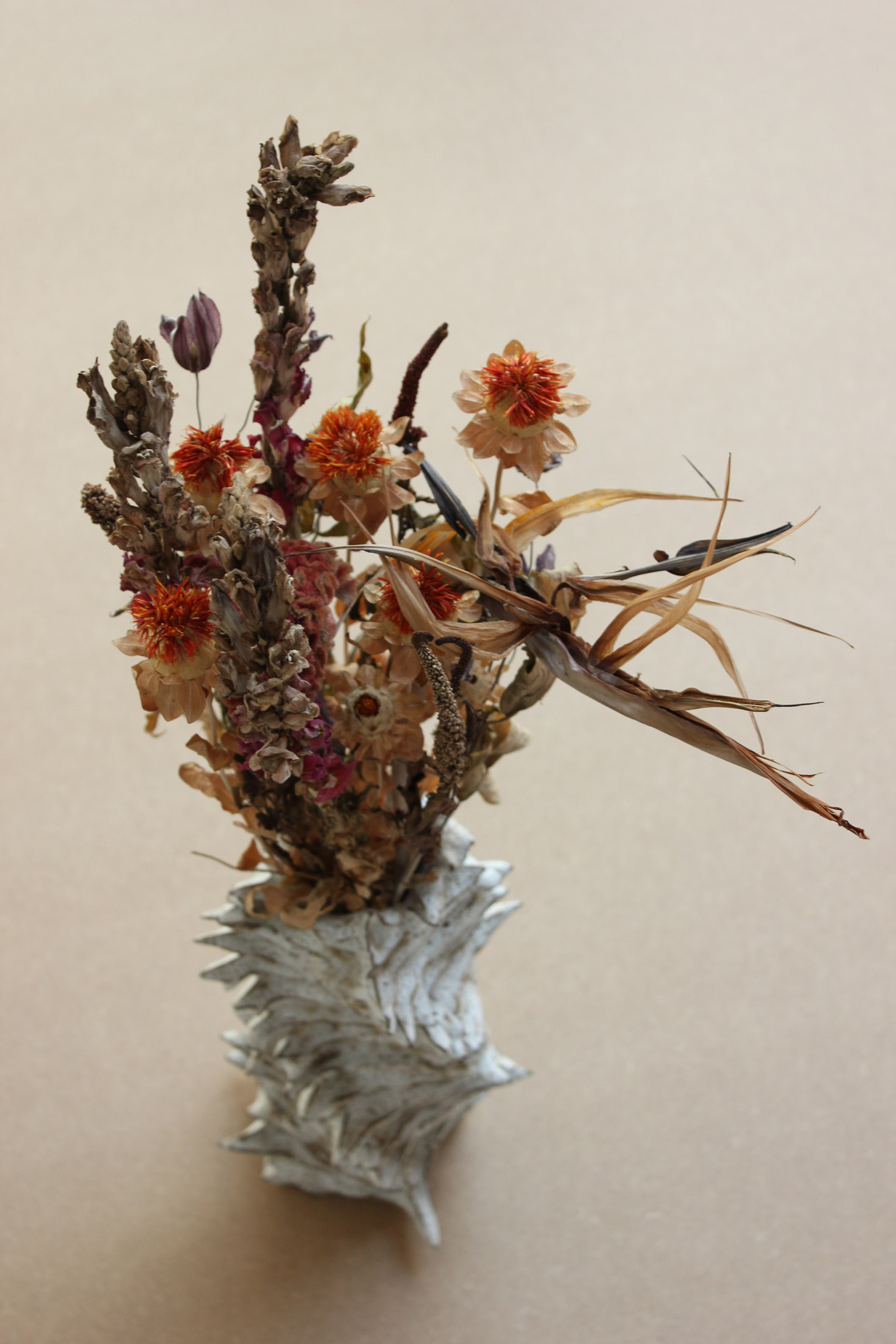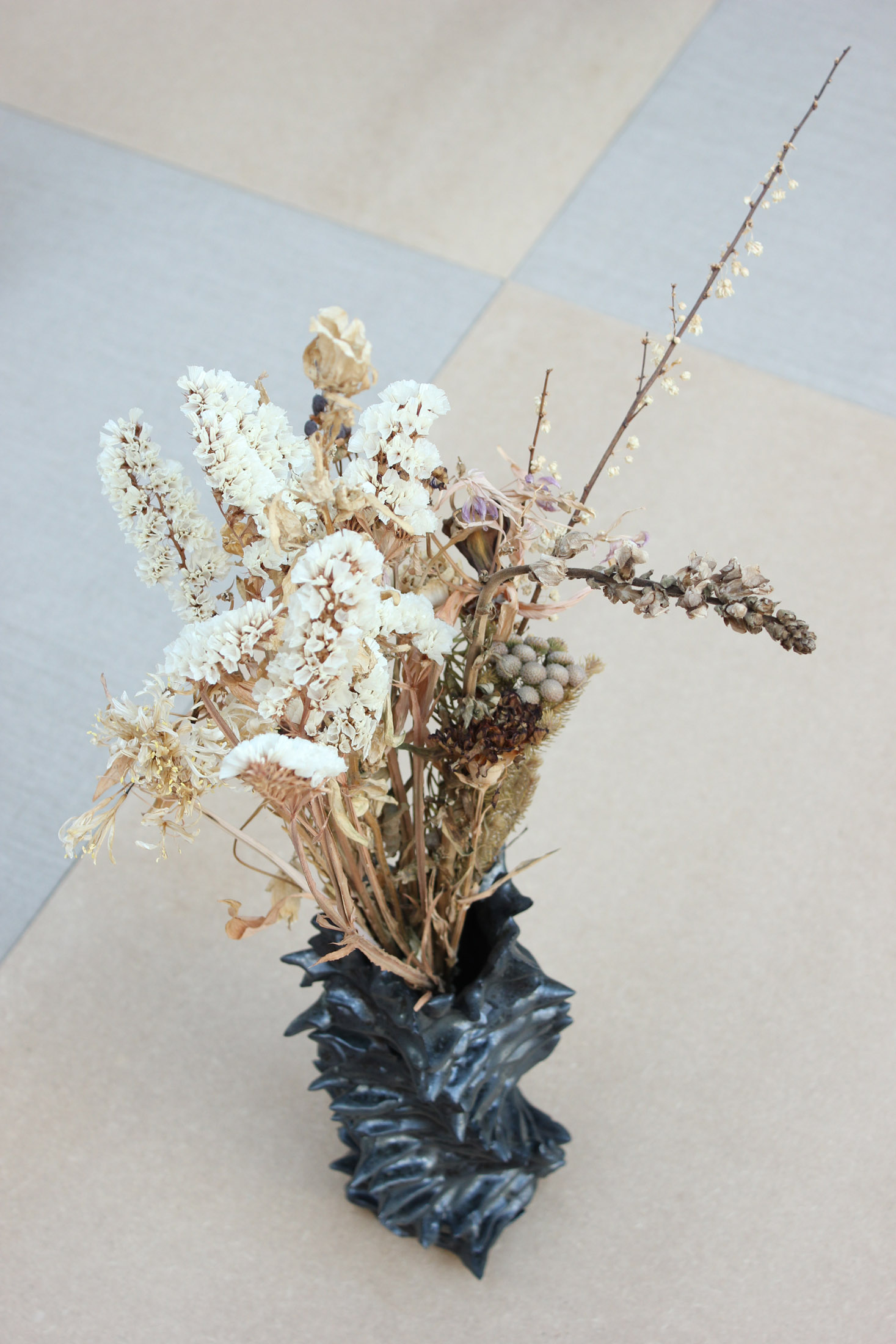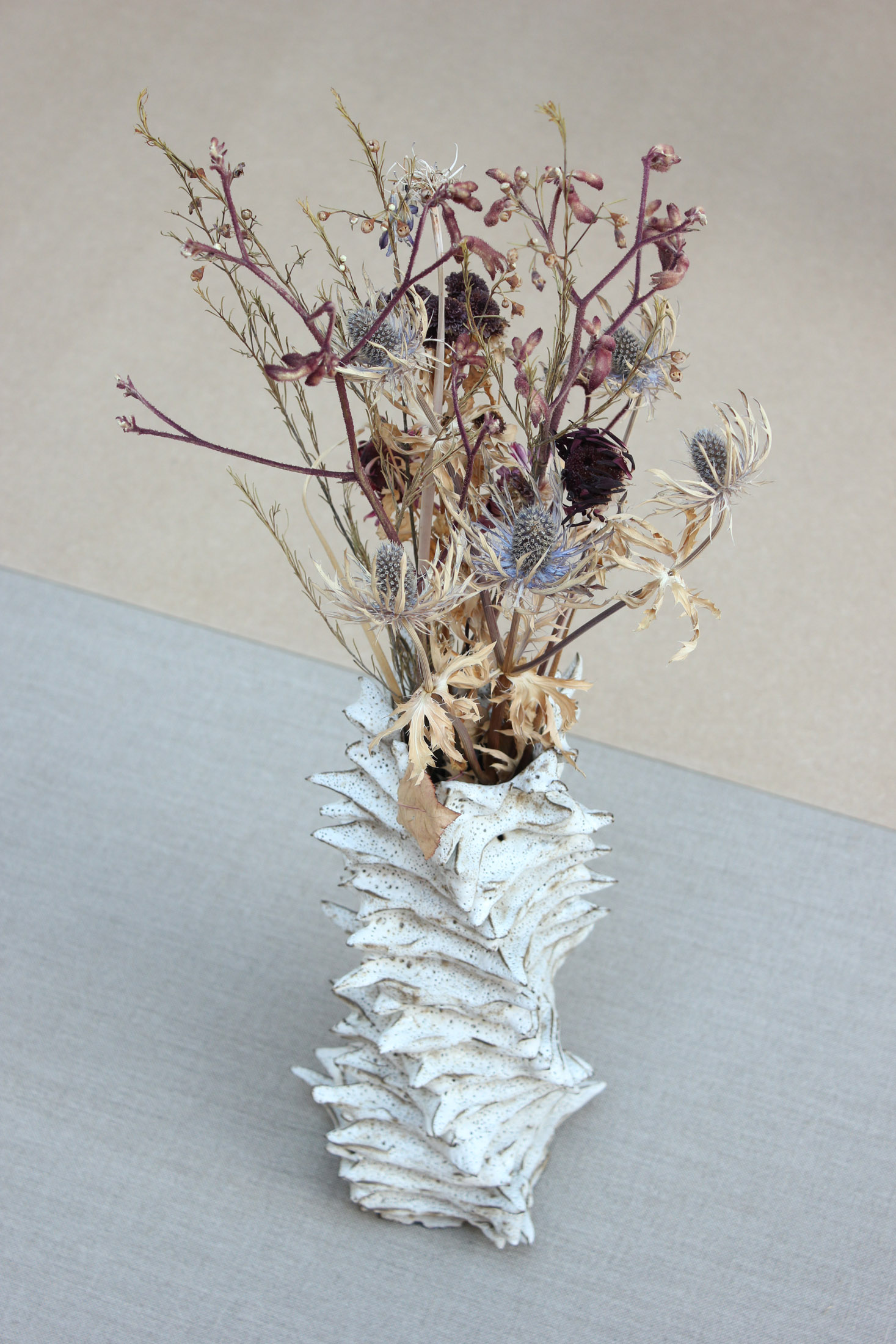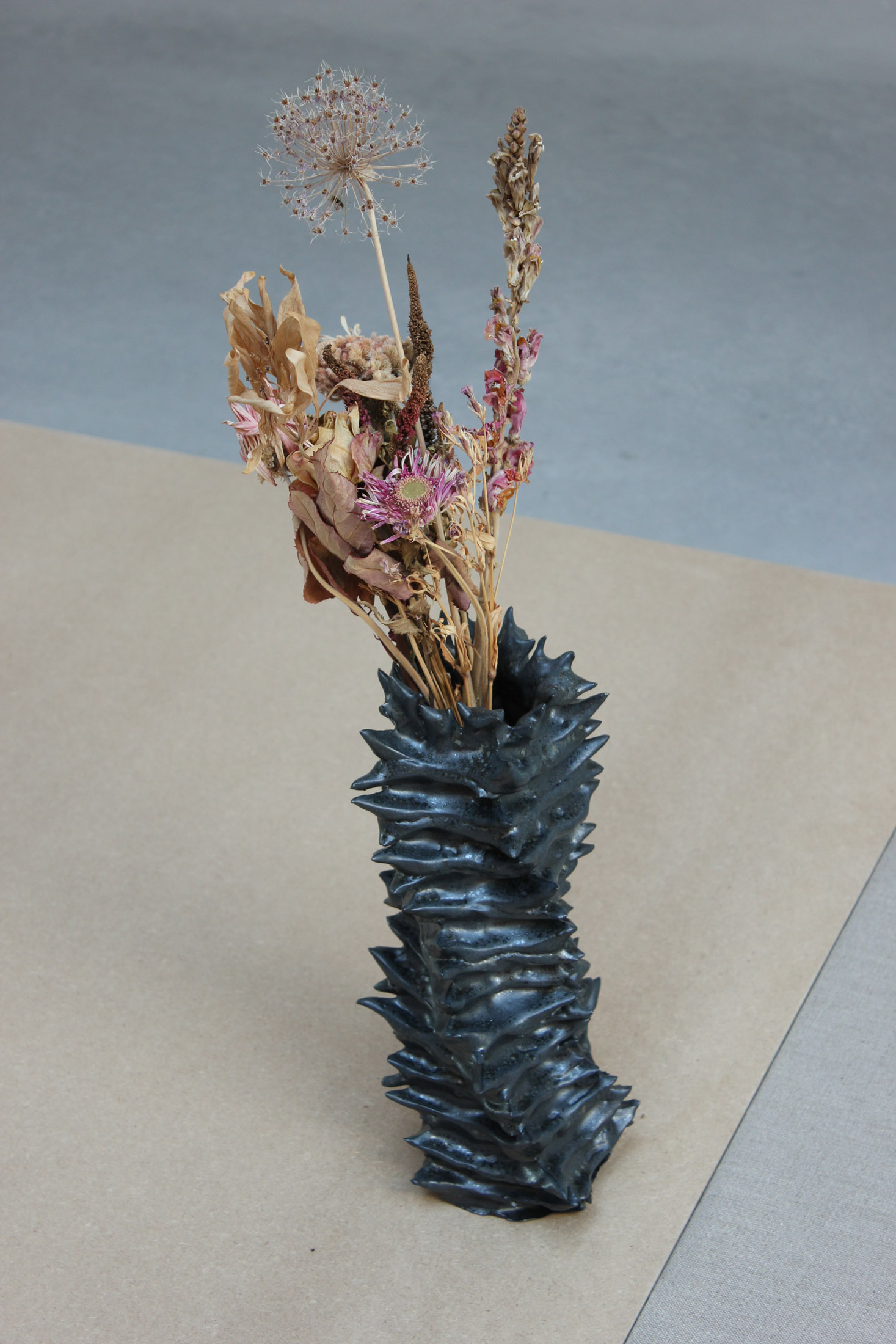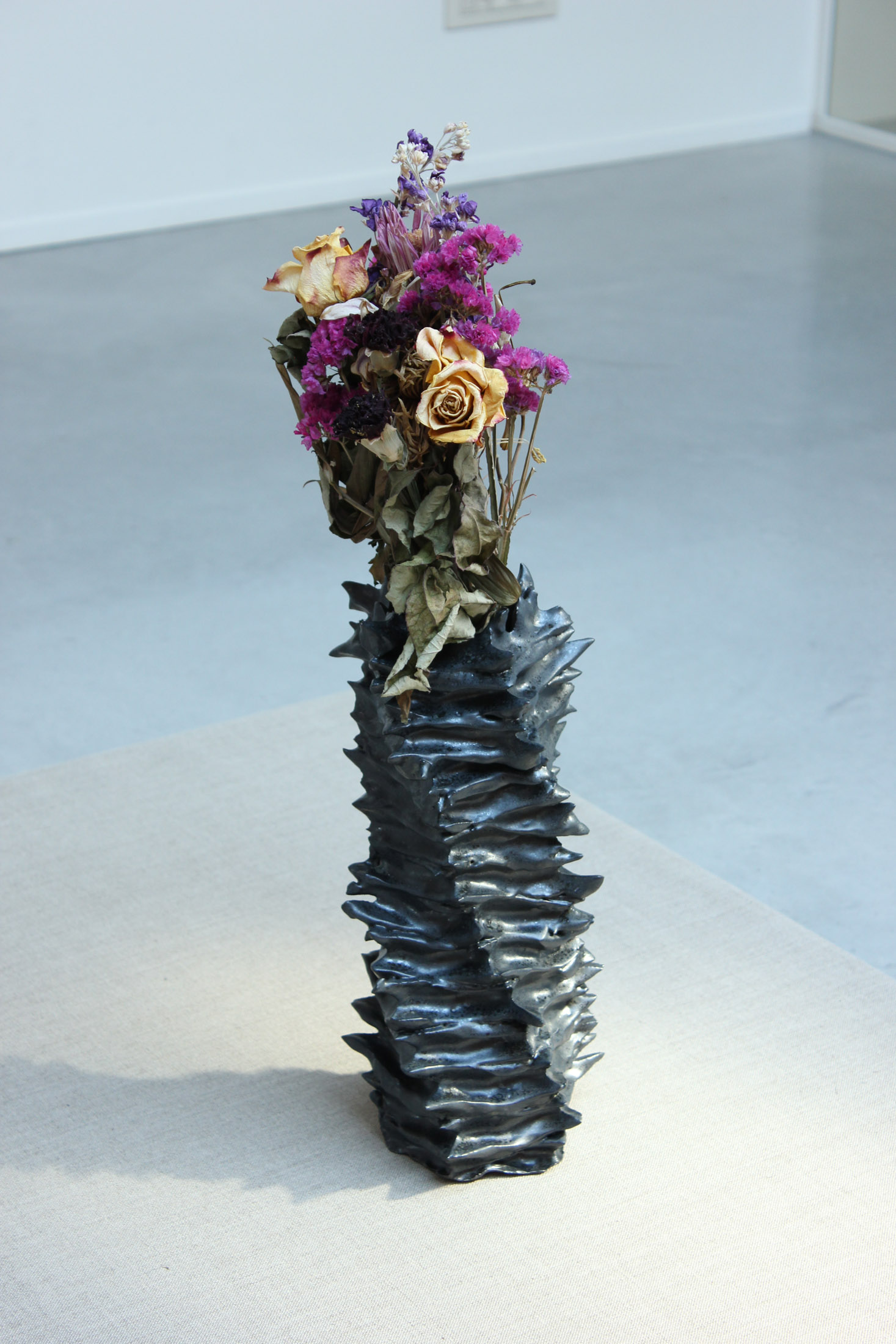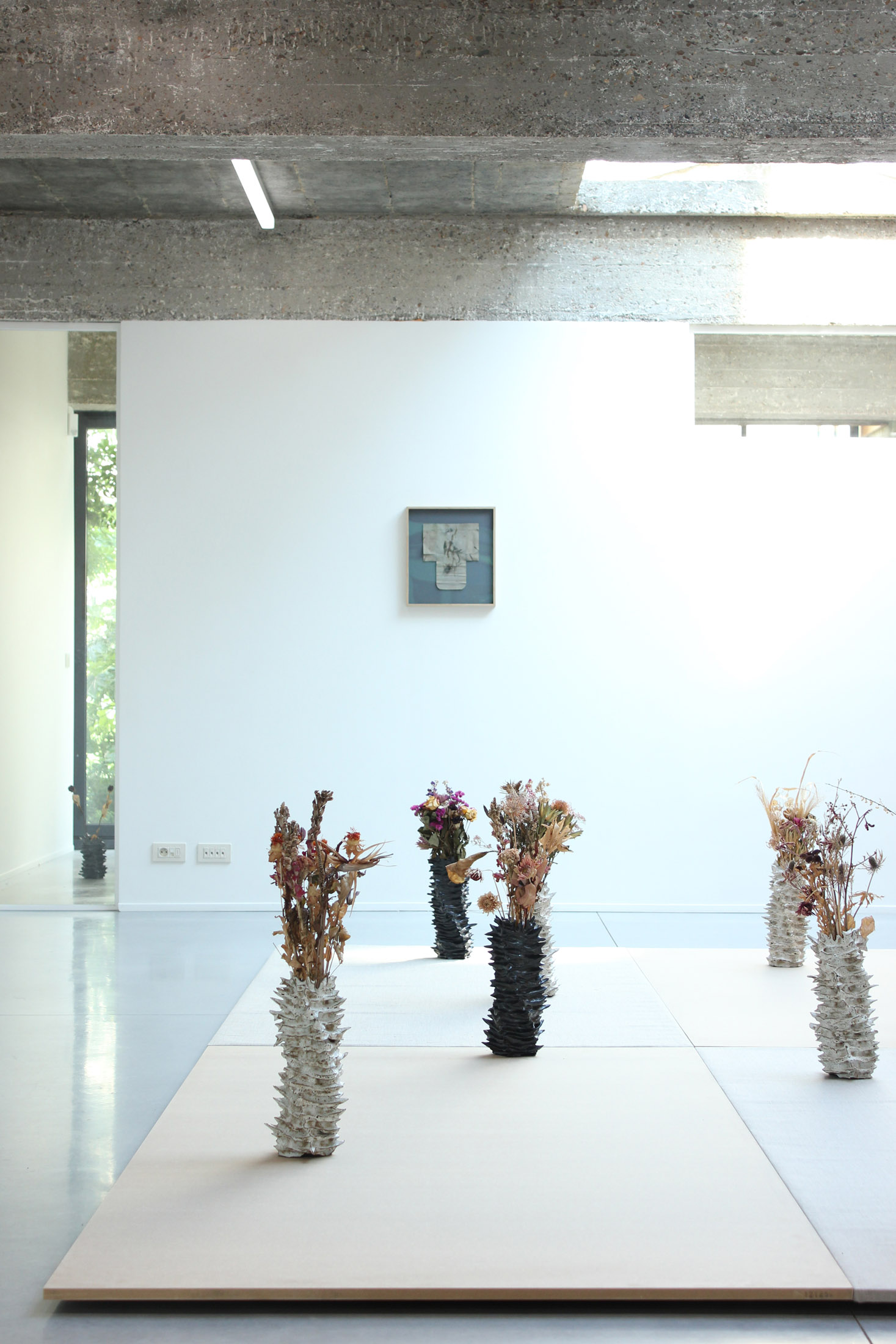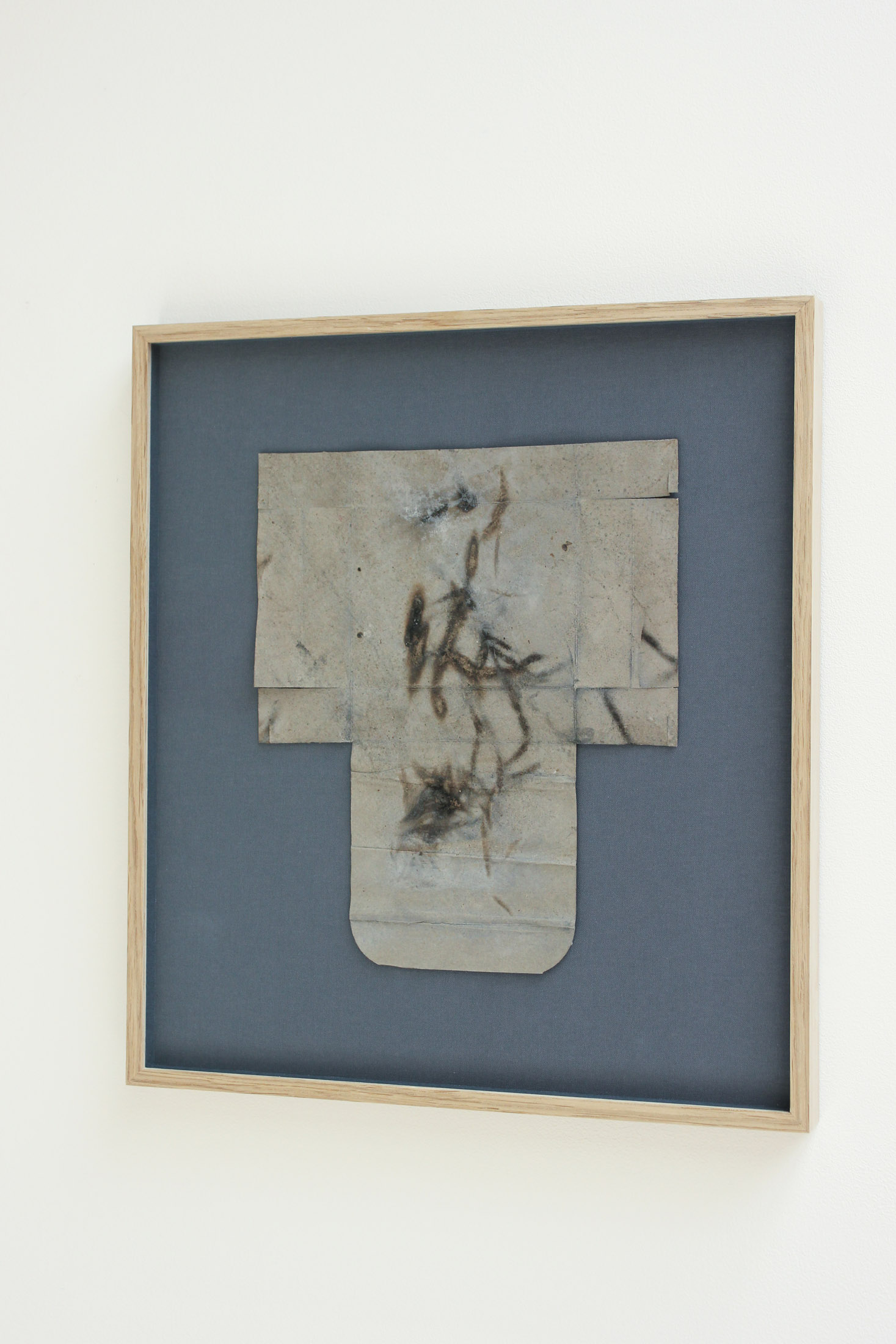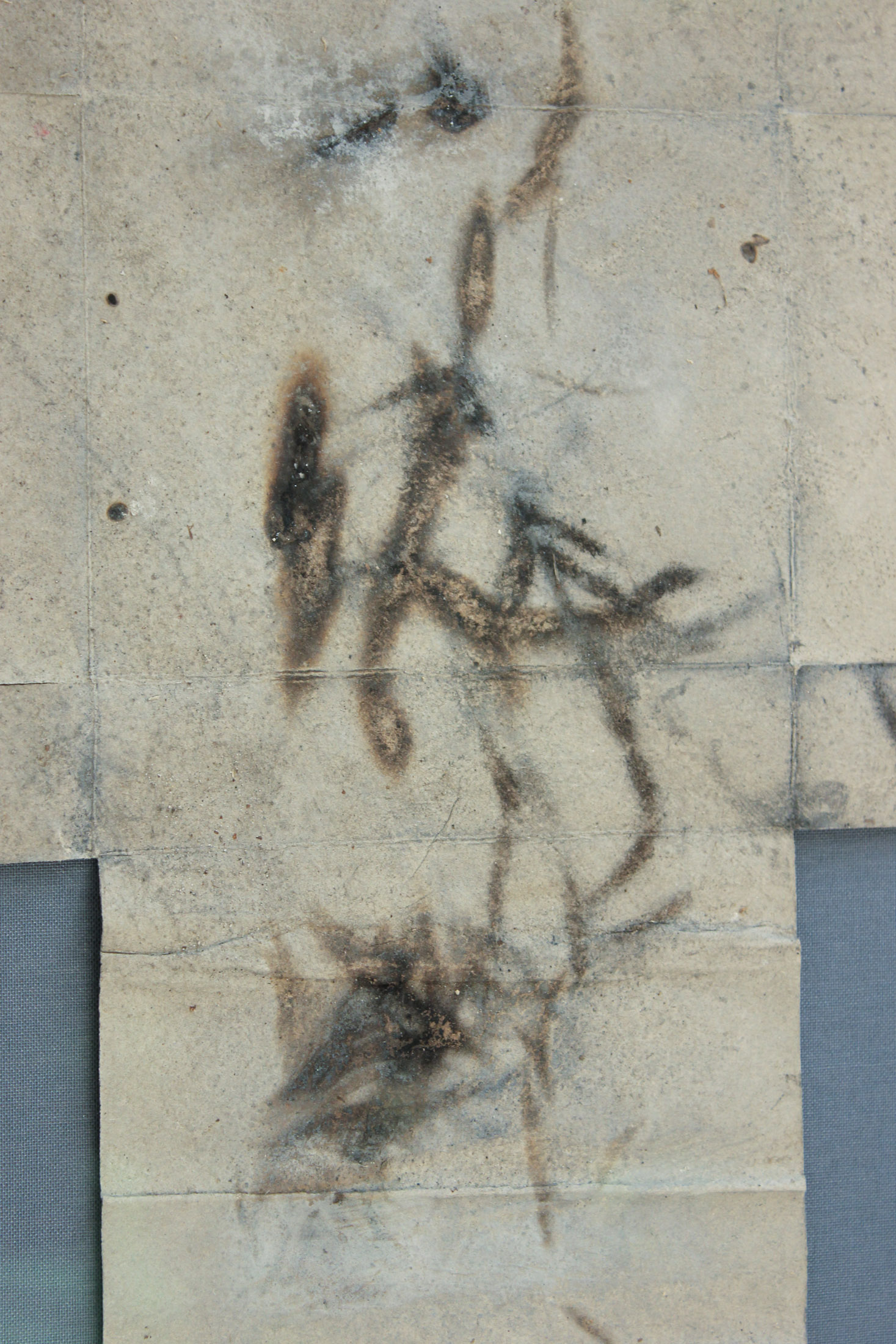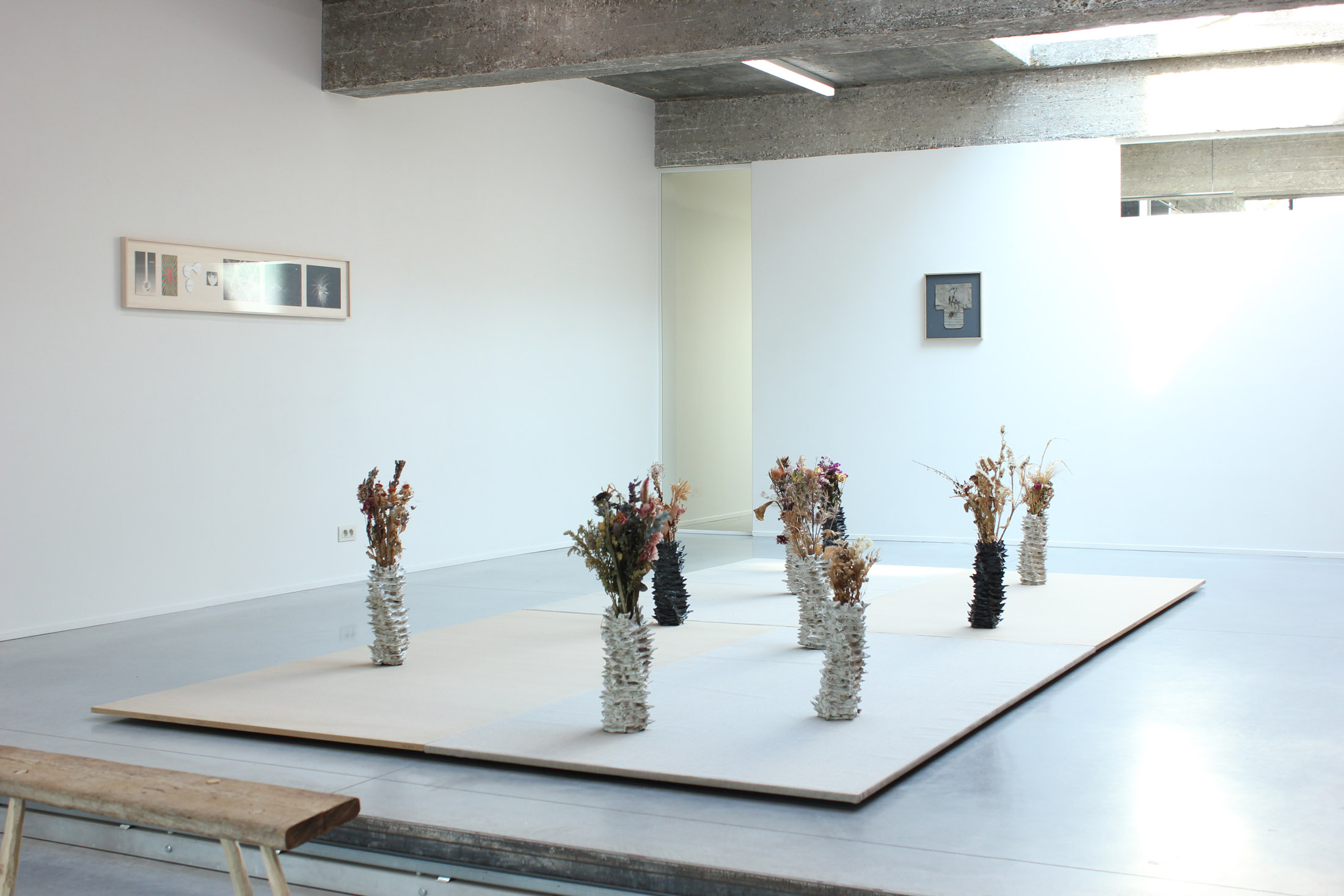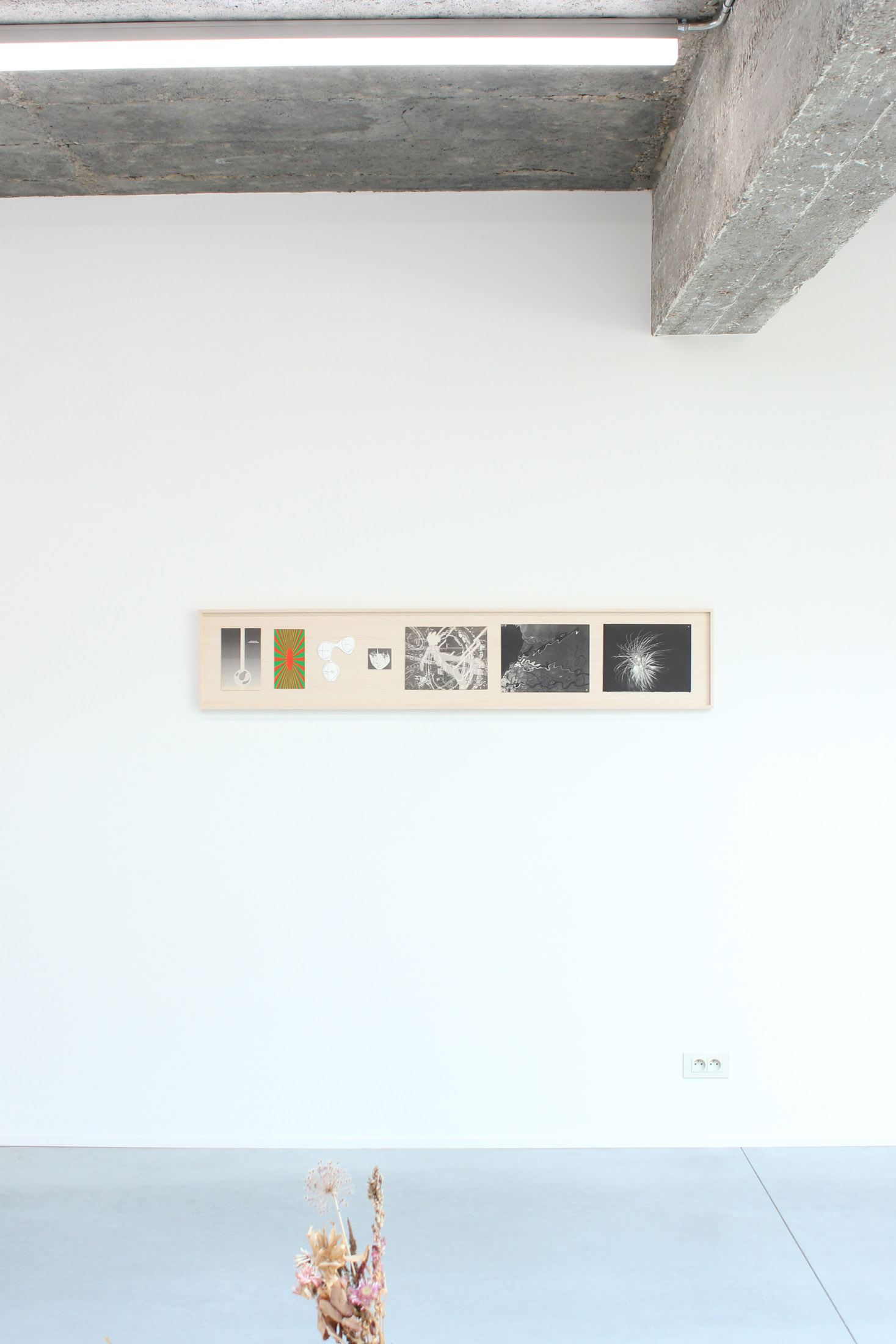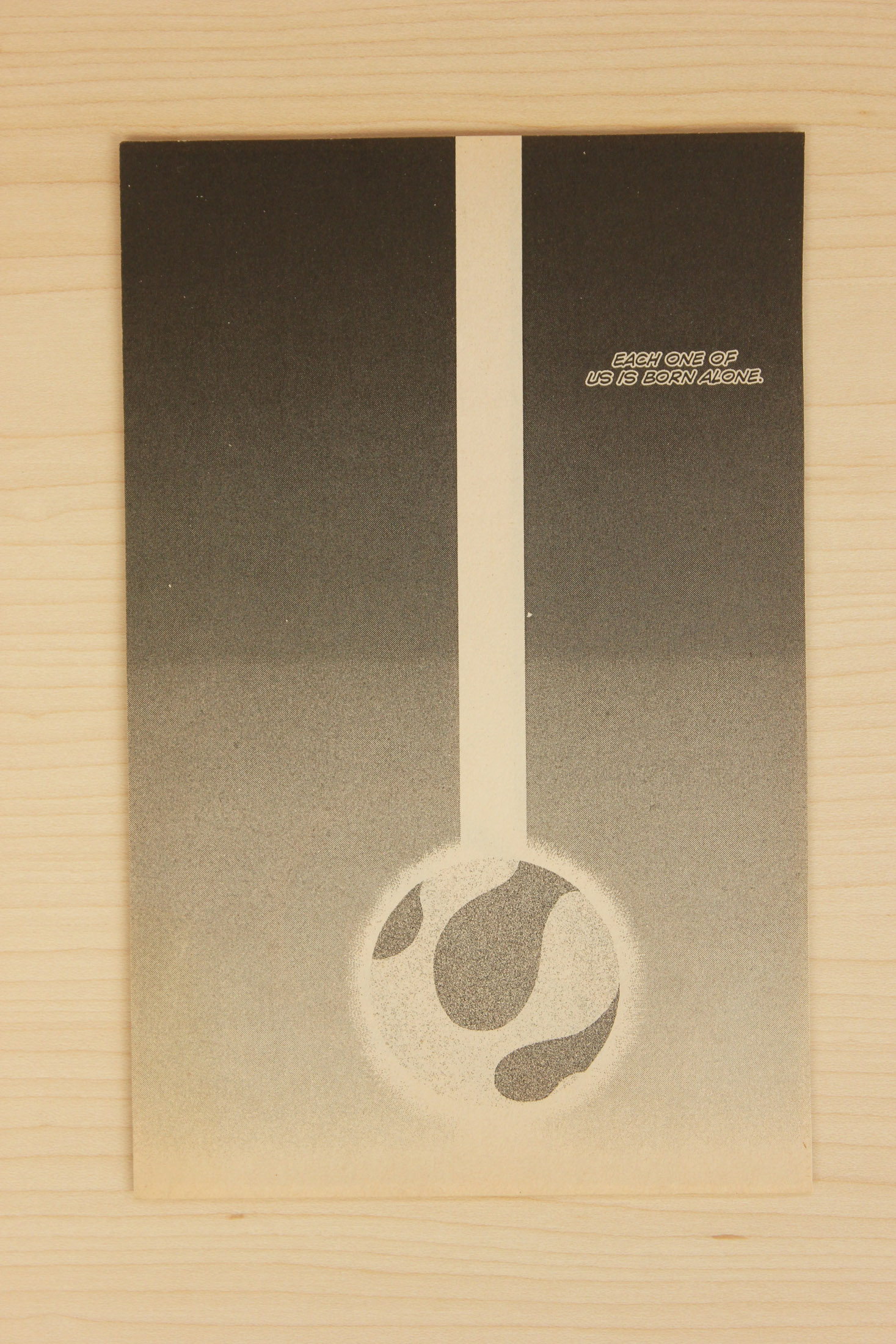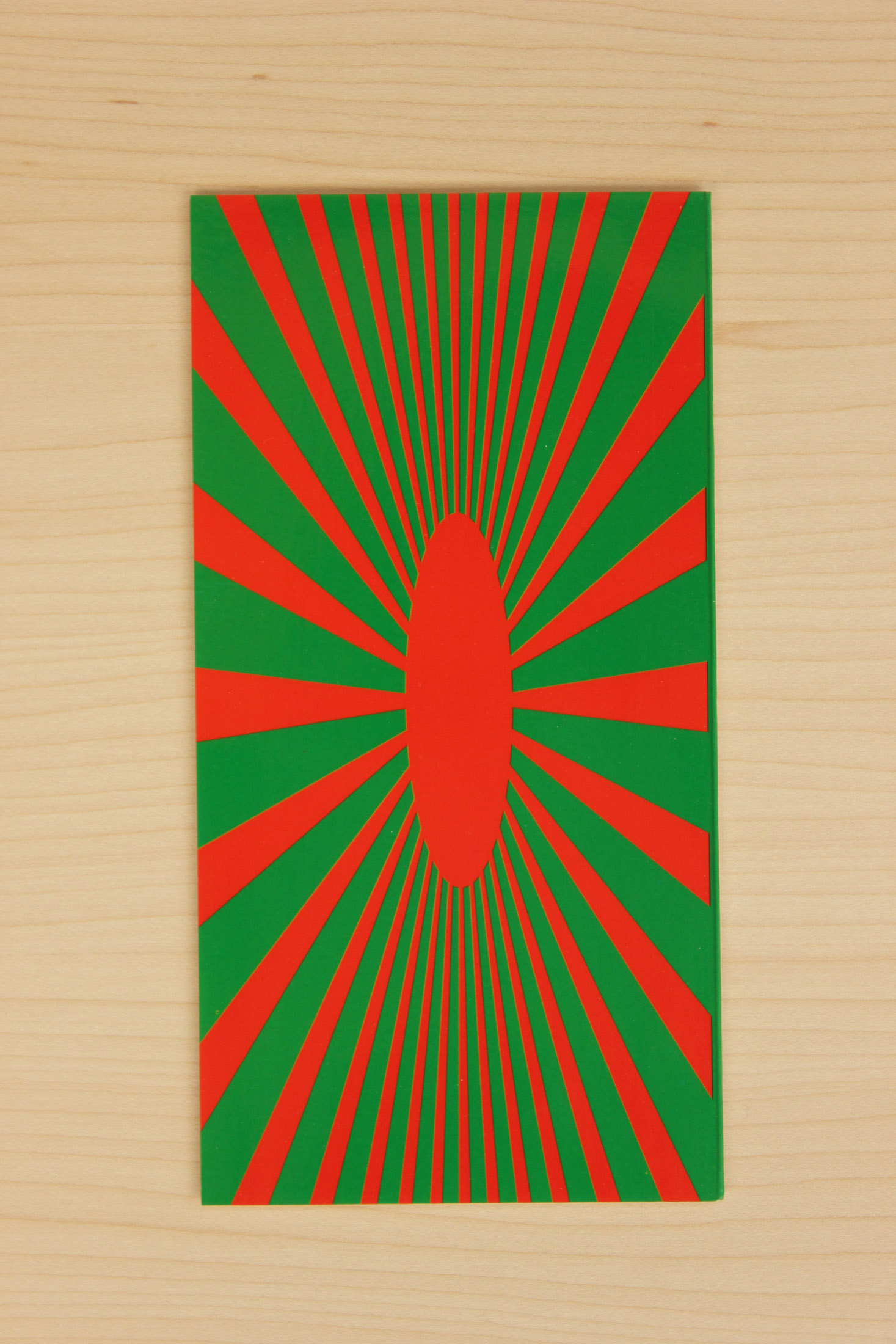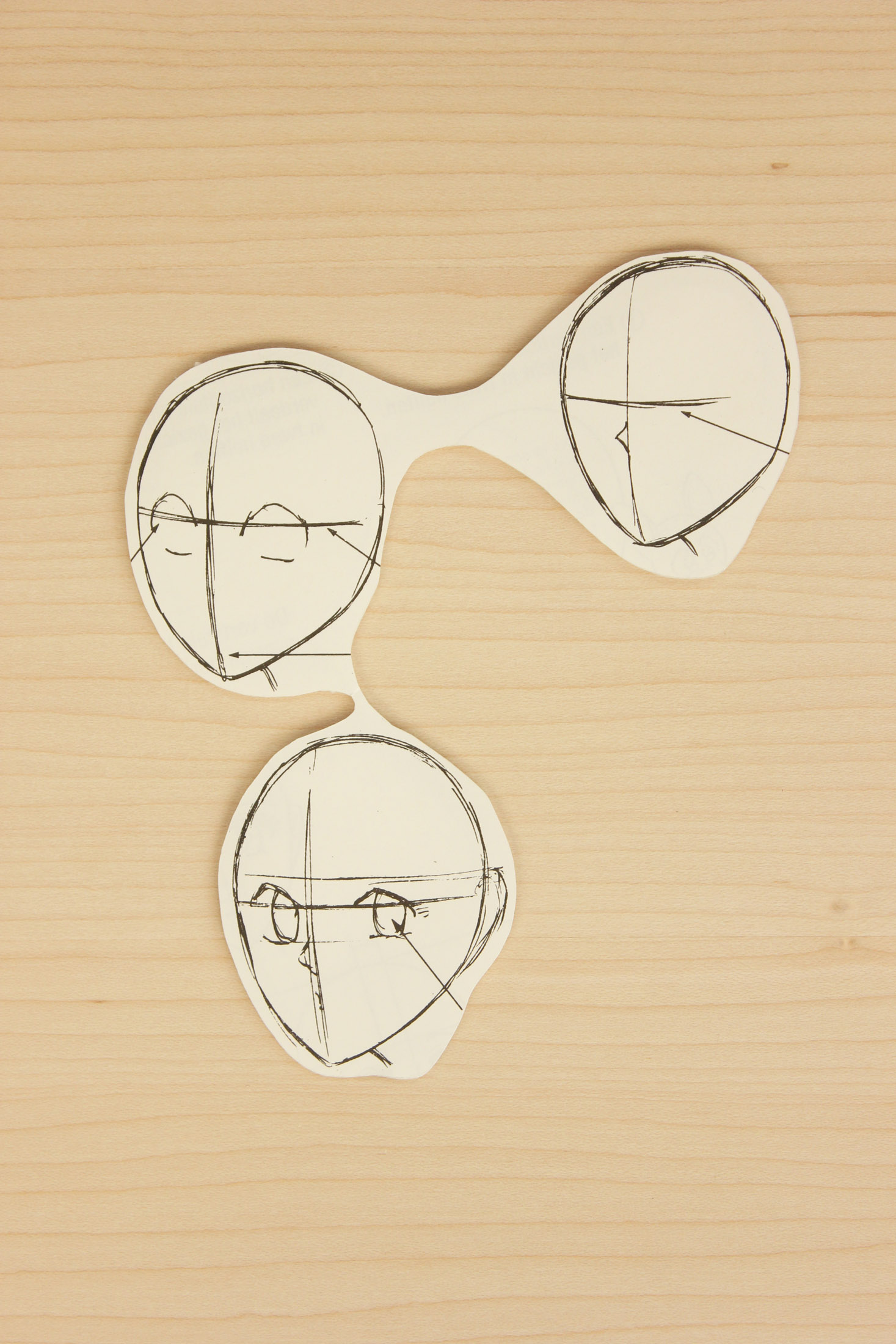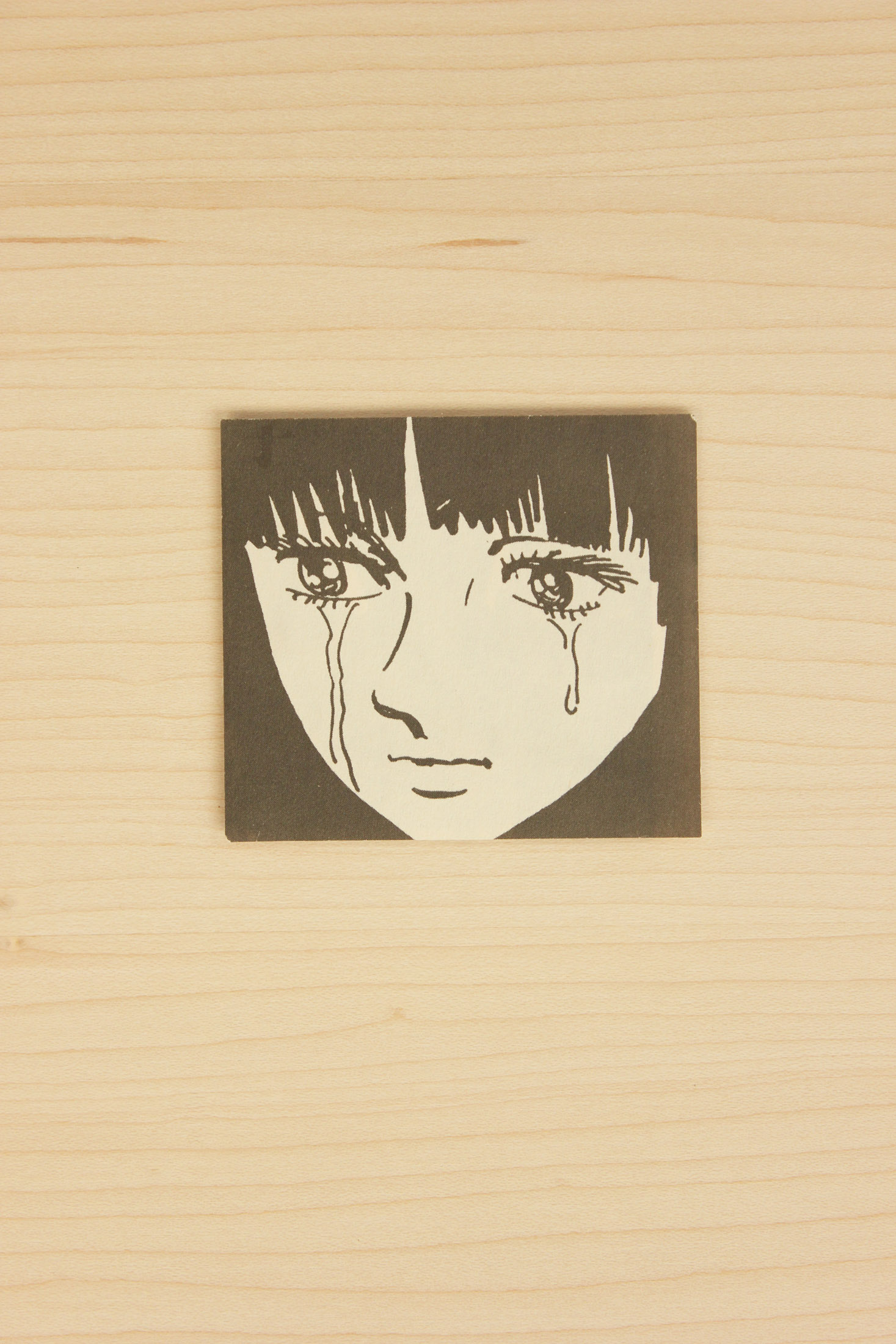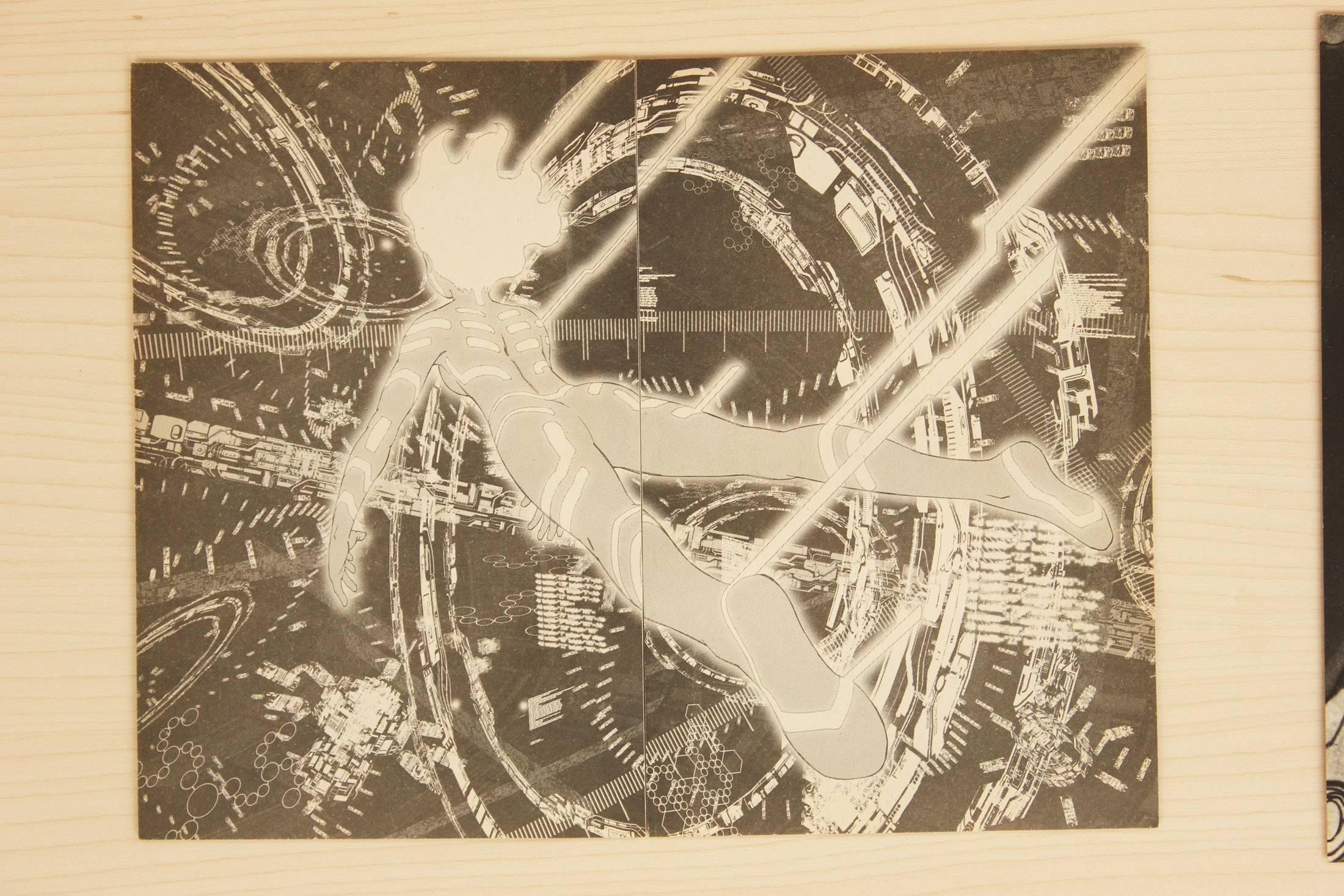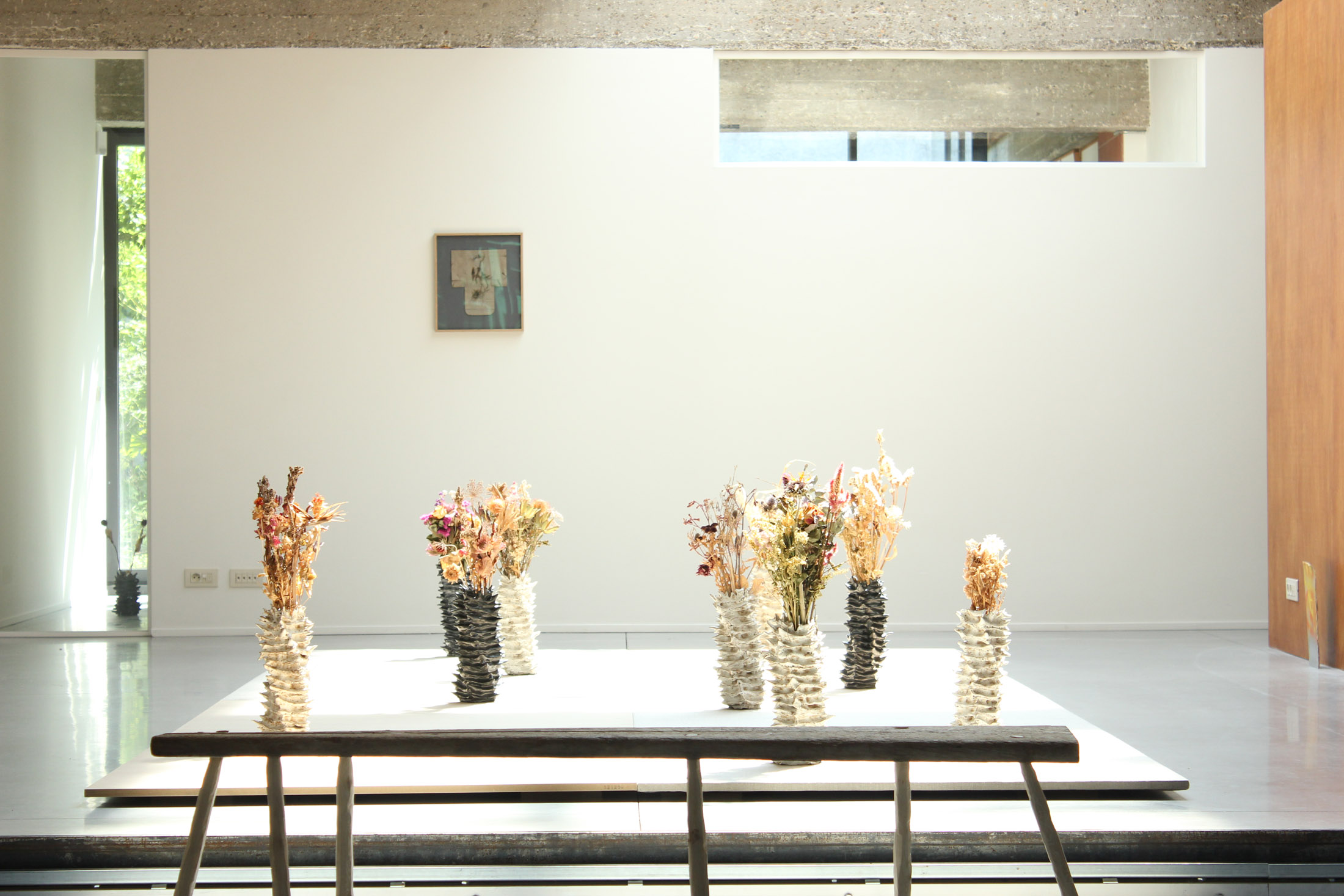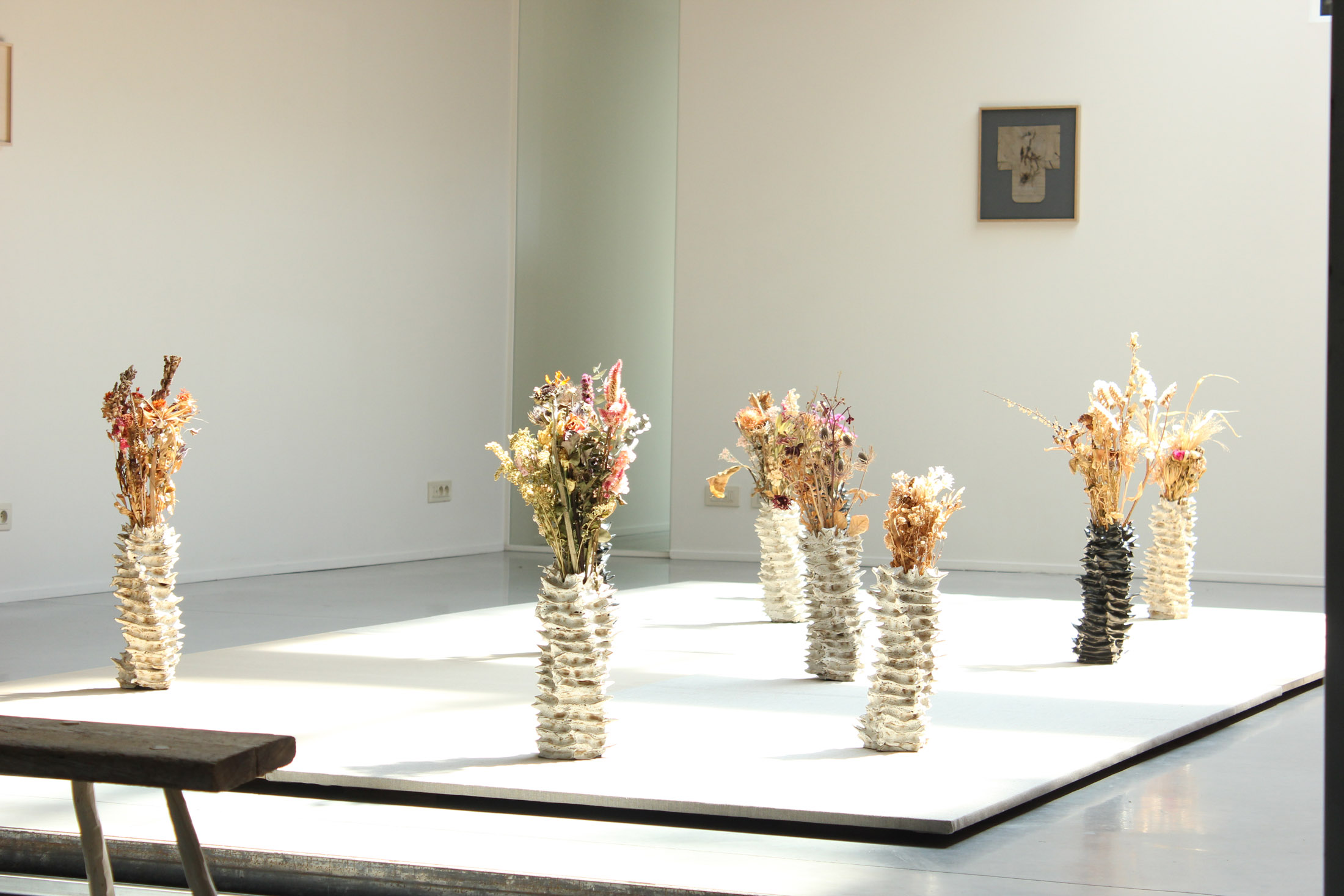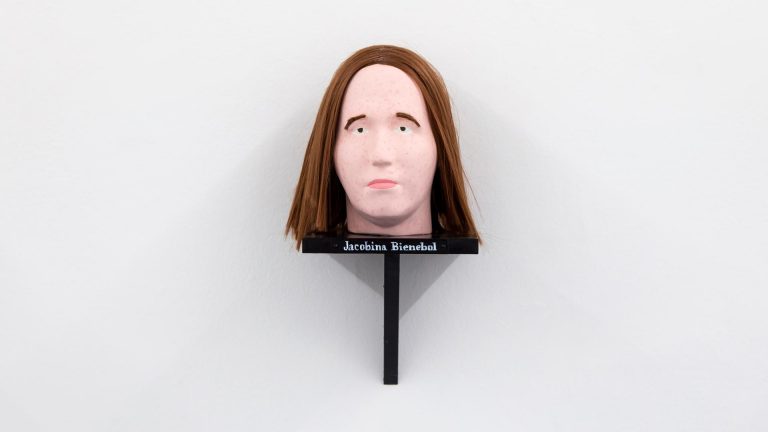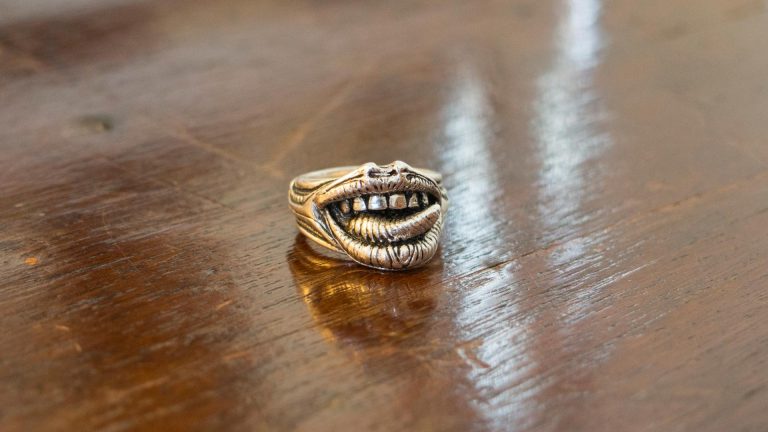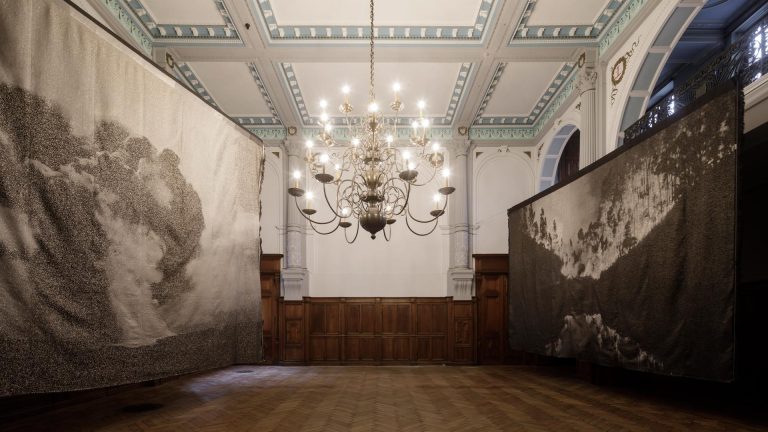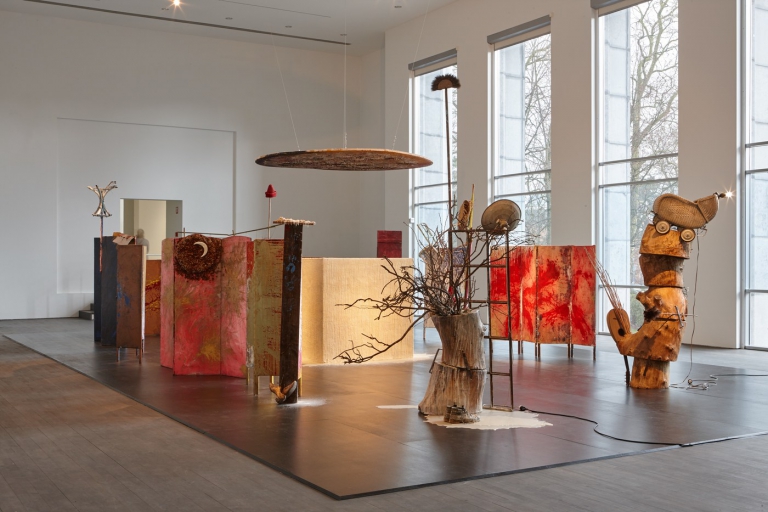Artist: Benny Van den Meulengracht-Vrancx
Exhibition title: Ai
Venue: Otty Park, Antwerp, Belgium
Date: June 1 – July 8, 2023
Photography: images courtesy the artist and Otty Park, Antwerp
Ai is Japanese for love, it is a word we use in Dutch when we hurt ourselves and it is A.I.
This is the introduction that artist Benny Van den Meulengracht-Vrancx wrote to announce his second solo show at Otty Park Gallery. The exhibition Ai is a culmination of a two year journey of creating new works, collecting relics and poetic writing, further building upon his previous show – Through My Eyes. Ai is responding to that moment in our lives after the experience of the pandemic, exploring thoughts and feelings in this fast changing world.
Through the word Ai, like the introduction sentence mentions already, Benny explores the multi-layered meaning of the word, which is revealed in different fragments of the exhibition. It is a form of absorbing the world around us, a way of gazing at these fleeting moments which compile the years after the pandemic. Found fragile ephemera reflect this gaze, they are evidence of the volatility and transience, and at the same time lay here, sensible and present. They are remnants of an alertness for found objects and images, which withhold a poetic connection to our environment, exposing the creation in nature which questions our own creation processes, or even subconscious movements, like the wind rearranging the grass or a feather that falls down from the sky and juxtaposes itself on the ground.
This volatility is the sketch. It is written and also visualised in the way images are presented by Benny Van den Meulengracht-Vrancx. It is a mirror of a memory – something you can not hold for a long time. Benny invites the audience to sit down on a bench, to reflect together and talk through the exhibition, about his found and modified relics, representing this period in life and about ai, love. What can be and what is not. In his artist book Ai, three years worth of fleeting thoughts, taken straight from the mind, are brought together in new poetic writings. Ai is never ending, and it is accelerating through time and space.
During the exhibition, the artist is present and wearing his uniform. Although Benny Van den Meulengracht-Vrancx calls this handmade costume a uniform, it is personalised and unique. And in that sense ambigu, because every part of the uniform is created in relation to active parts of his creating processes in his studio. Uniforms are mostly used to visualise an “in and out” movement, going from one place or context into another one. It offers identity to the idea of “belonging to”.
The uniform of the artist Benny Van den Meulengracht-Vrancx refers to a past, basic practice in Brazilian Jiu Jitsu, the top is patterned after his old Gi, as he draws and paints on floor matts. He uses slippers to take on and off, as to not dirty the matts, and wears a wool bolero underneath to keep warm in a cold artist studio – the actions he takes as an artist are directly reflected in the costume.
The photo by Jef Claes, portraying the artist in his uniform at his studio, is a staged self portrait and is a reciprocal, important theme in Benny’s work. Always, somewhere, winking at historical self portraits by other artists, he uses this art historical theme to explore his own position as an artist.
In the context of Ai as A.I., the self portrait becomes striking and almost frightening – how mankind longs to make copies of ourselves, like Doctor Frankenstein in the book of Mary Shelly, written in 1818, the wretch being the first ever recorded form of A.I. in a work of fiction. The work Birth of an A.I. shows the creation of one, how it shapes itself into a human form, how it looks at the world in which it is created, and finally, how it dissipates into nothingness.
The flower bouquets, that had been dried over the past years and presented here in bone like, spinal cord ceramic vases, refer to the gift of giving. A universal act, to celebrate each other, during the good times and the bad. Much like other pieces in the exhibition which are the result of years of collecting and treasuring, the flowers radiate a sense of pure beauty, one which can only be attained through the passing of time.

